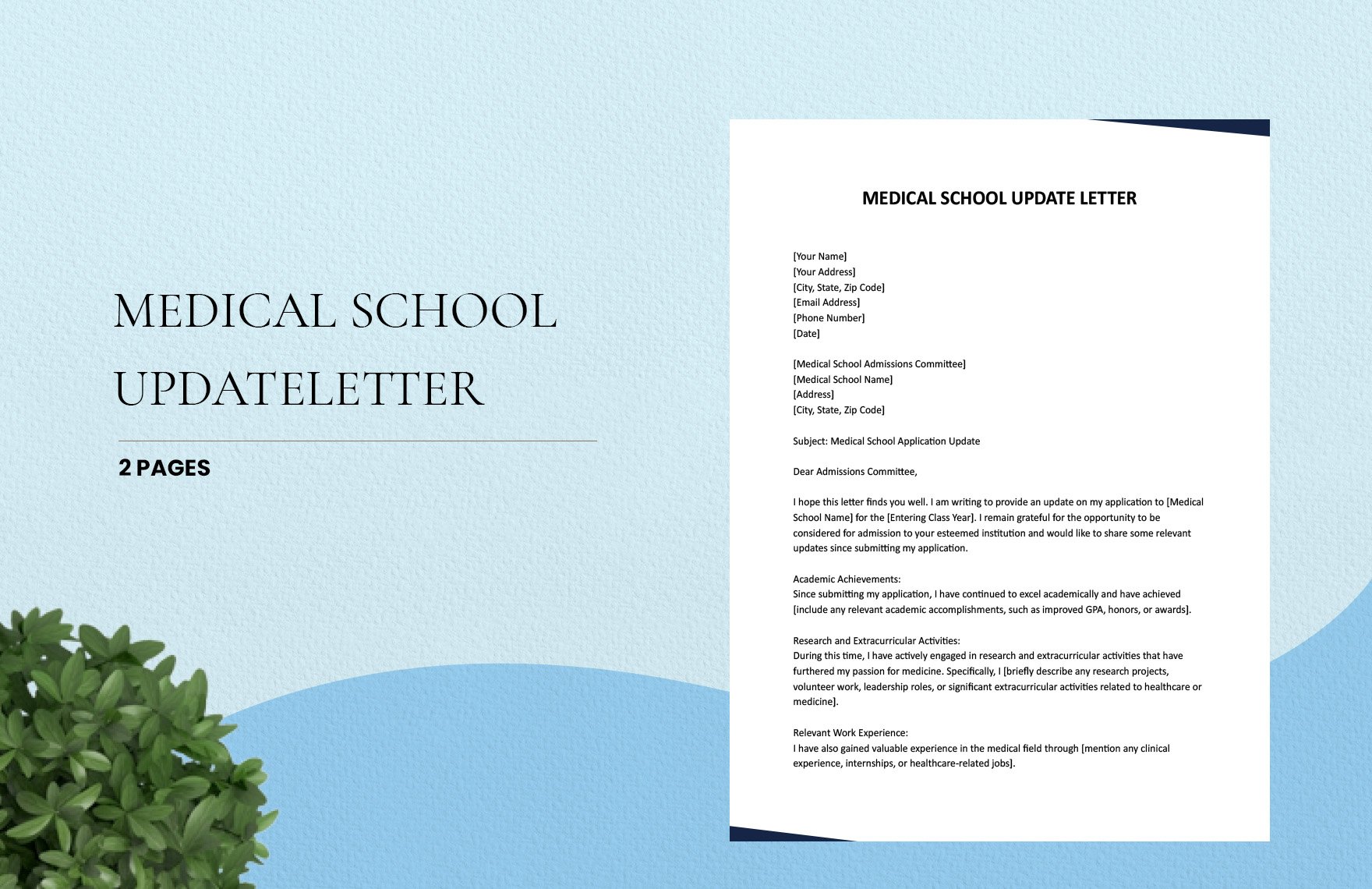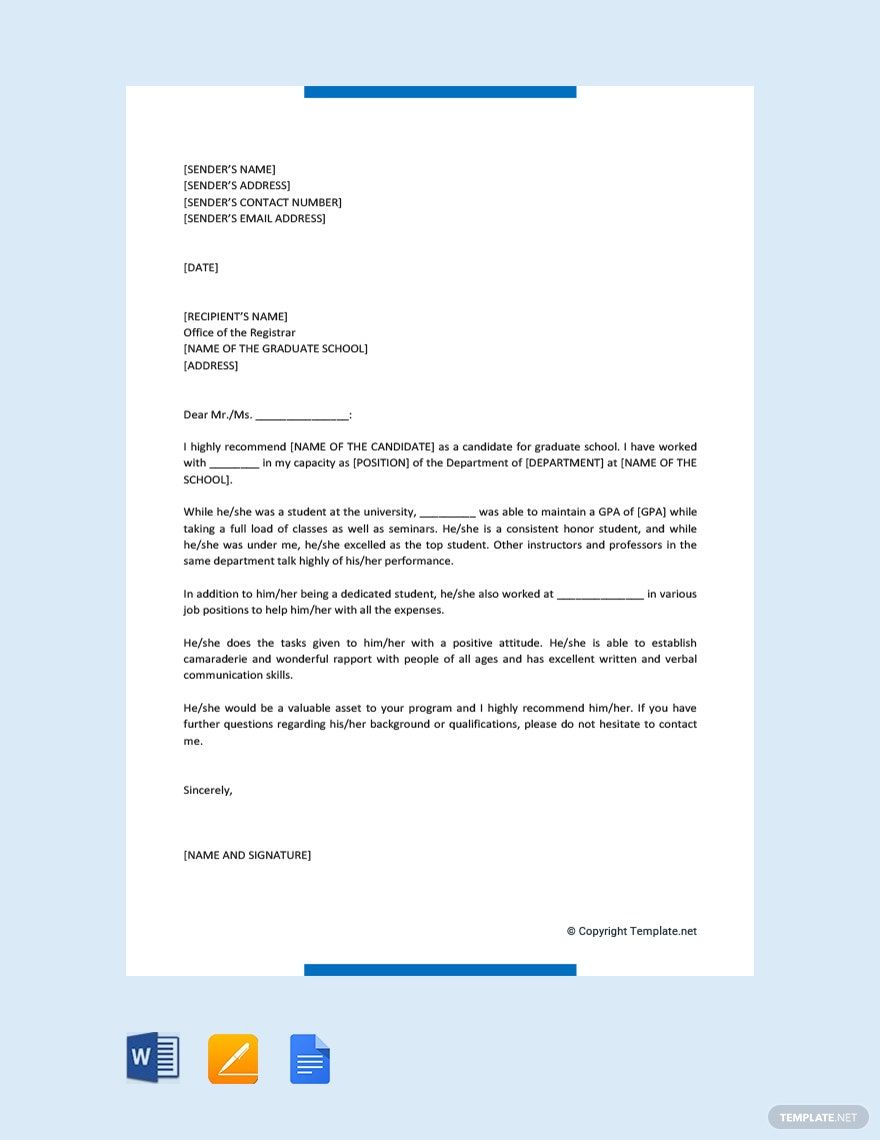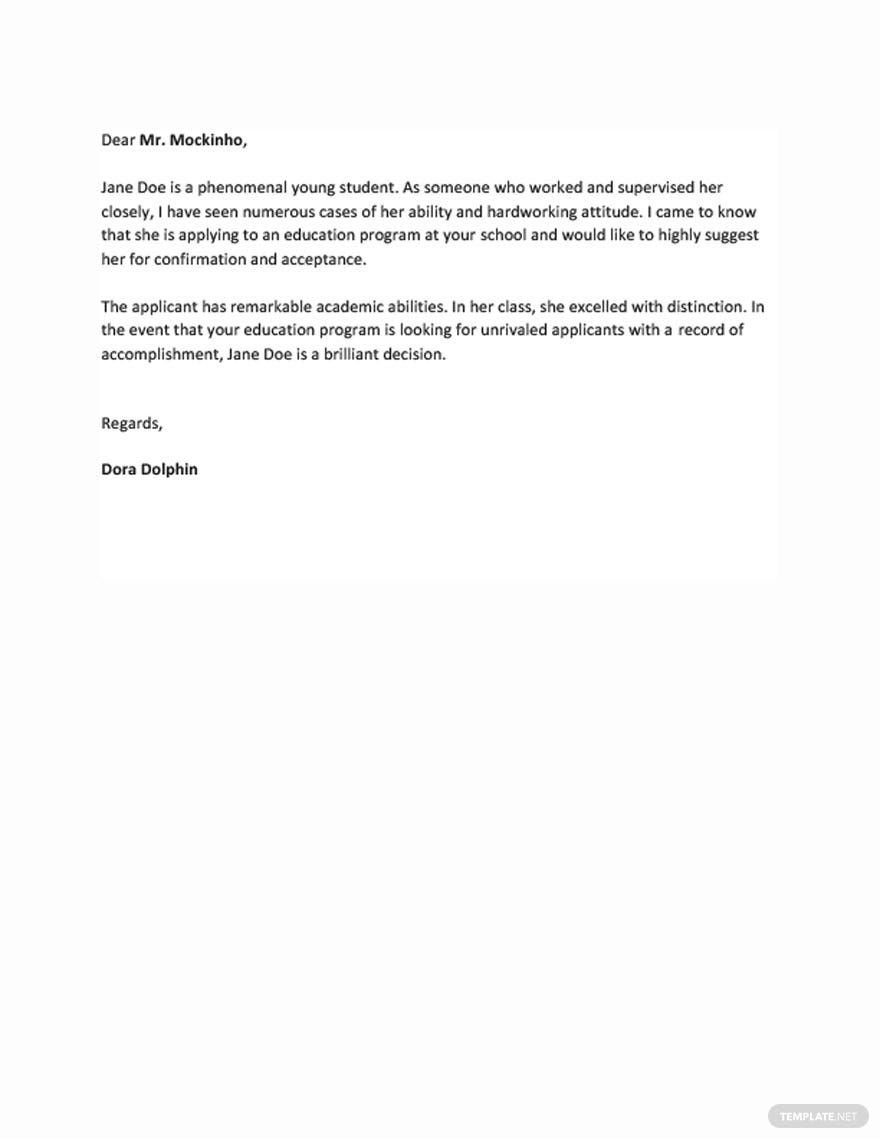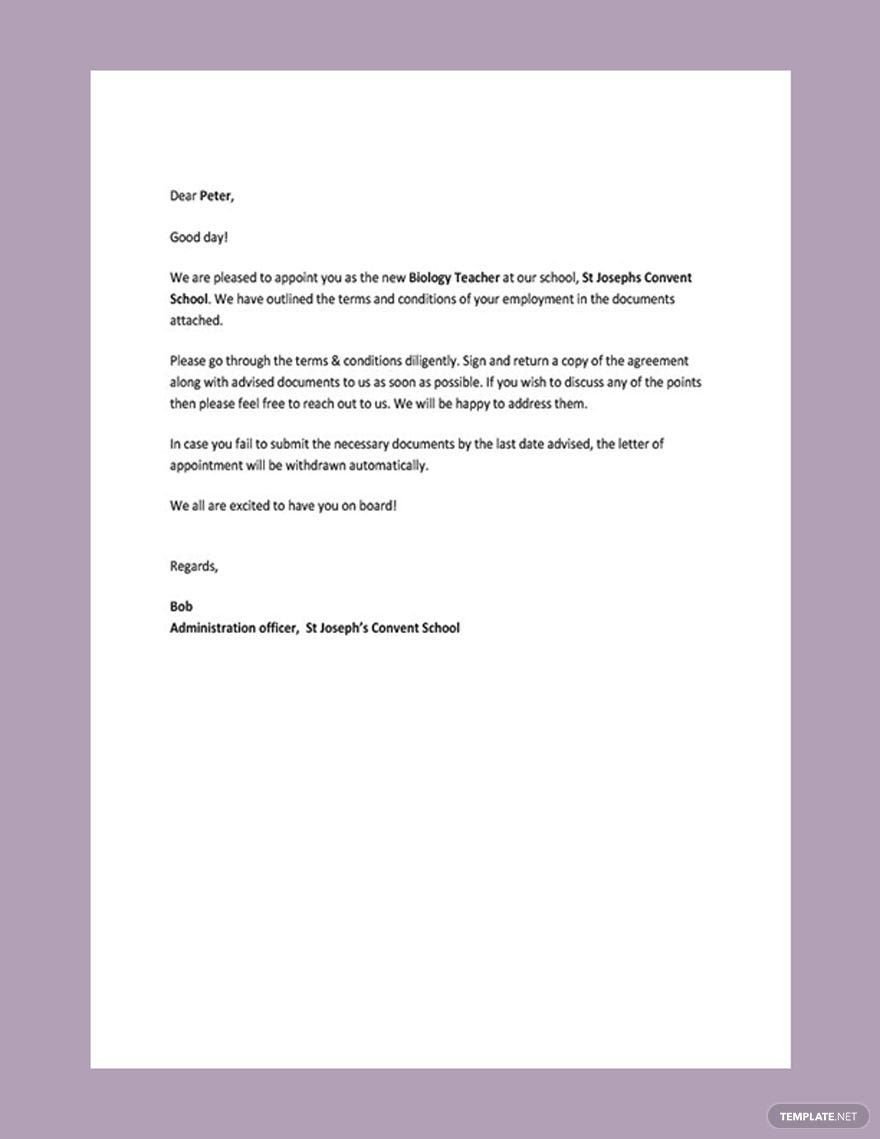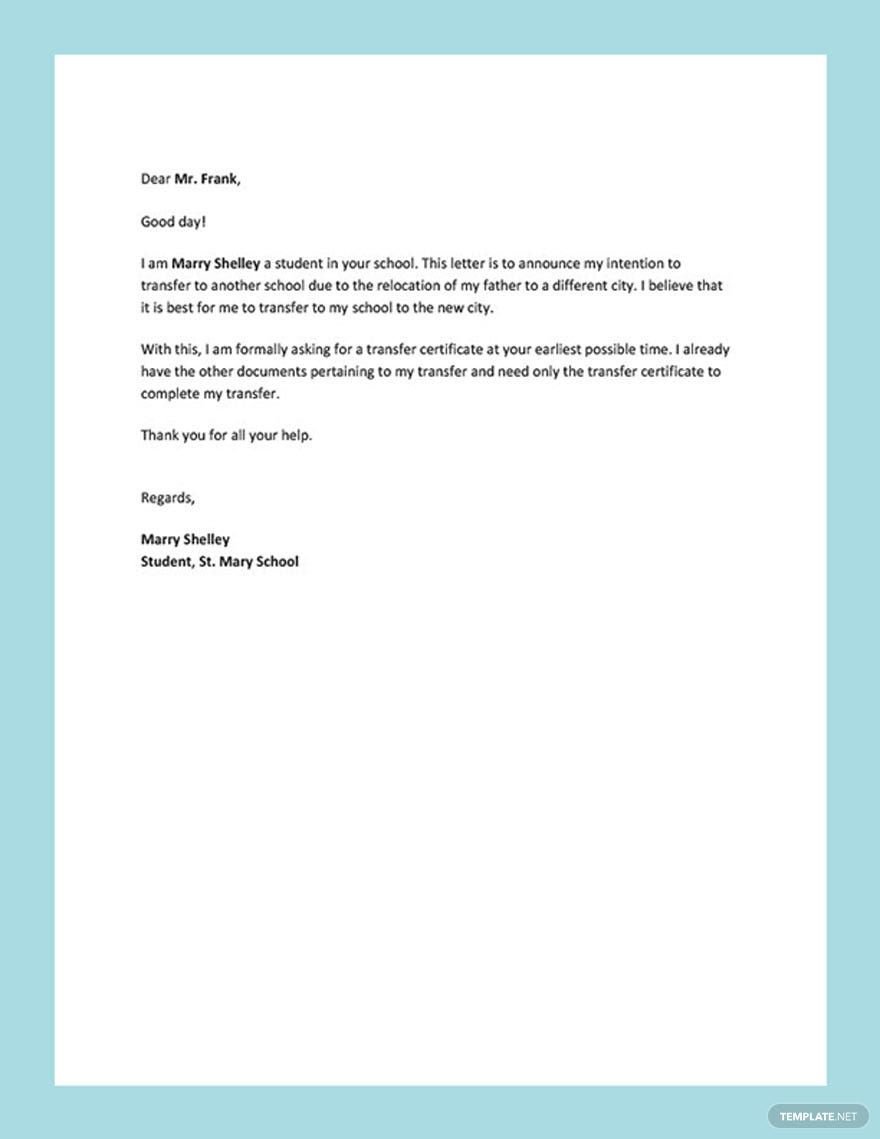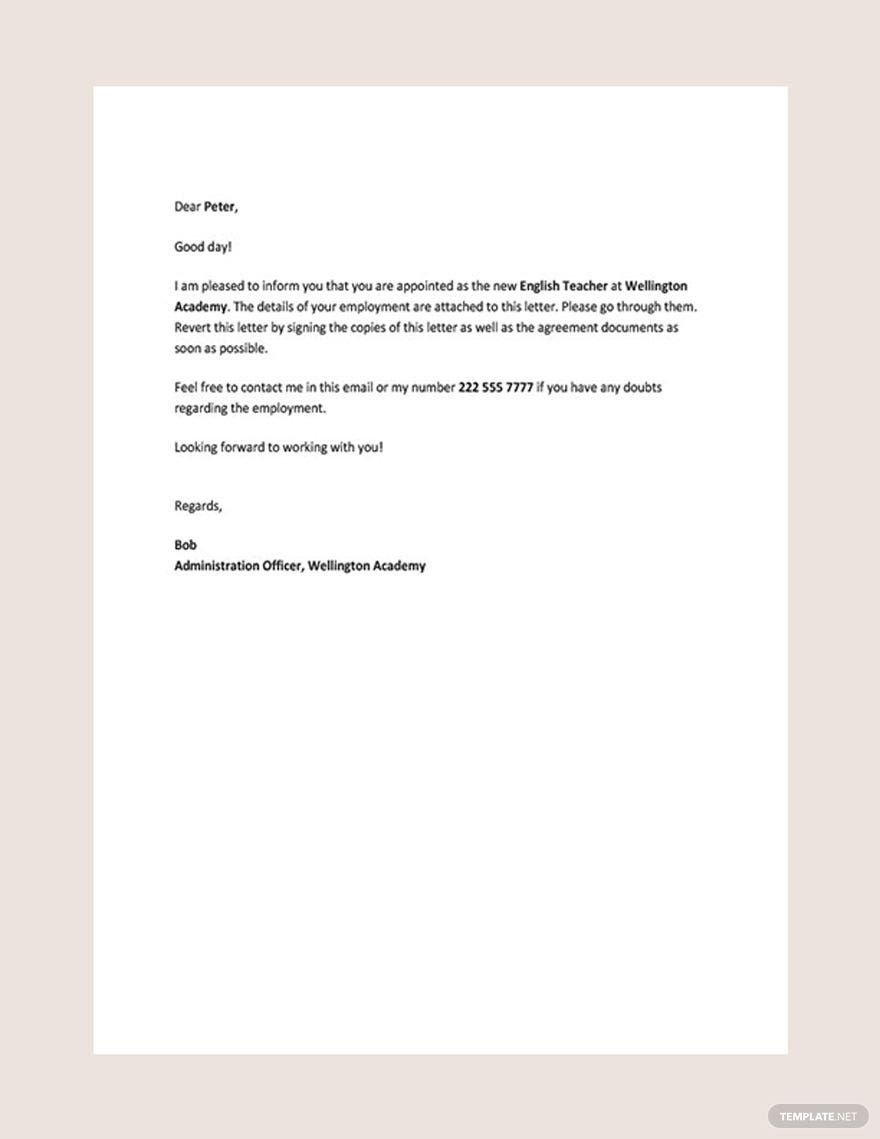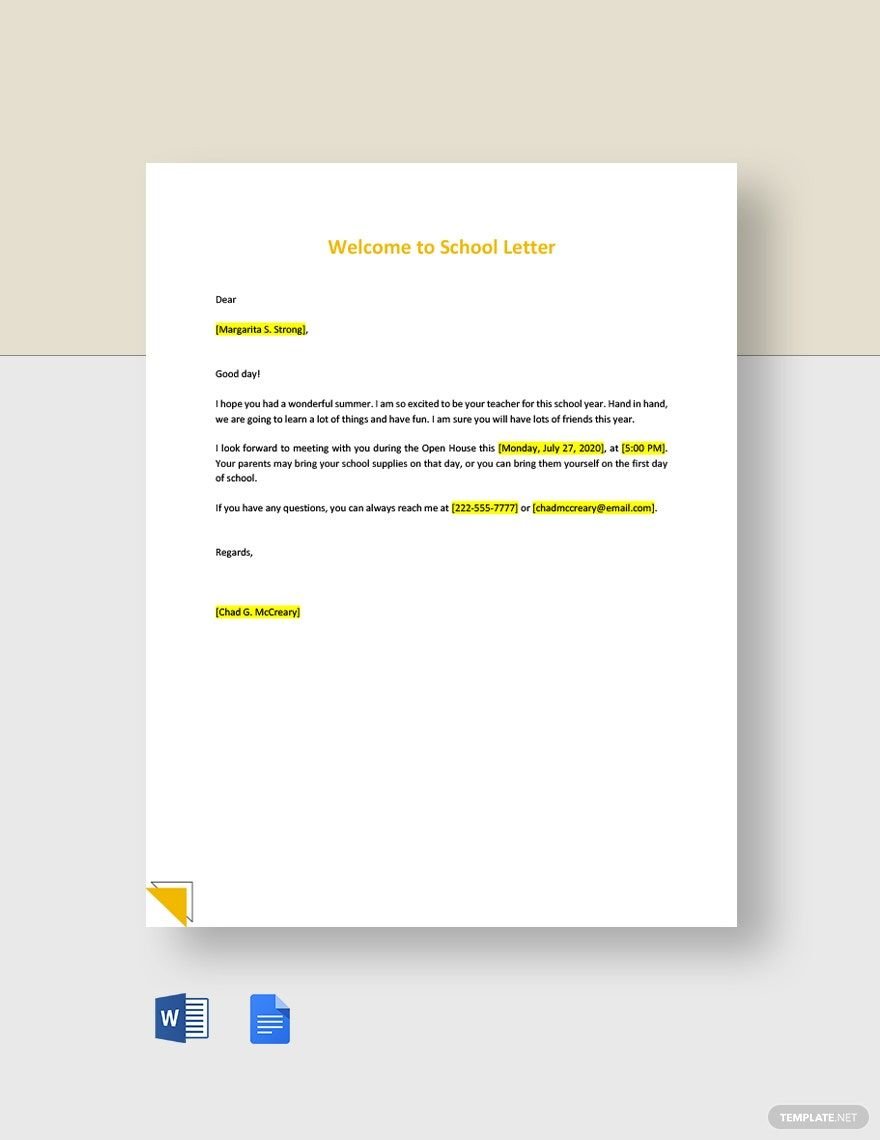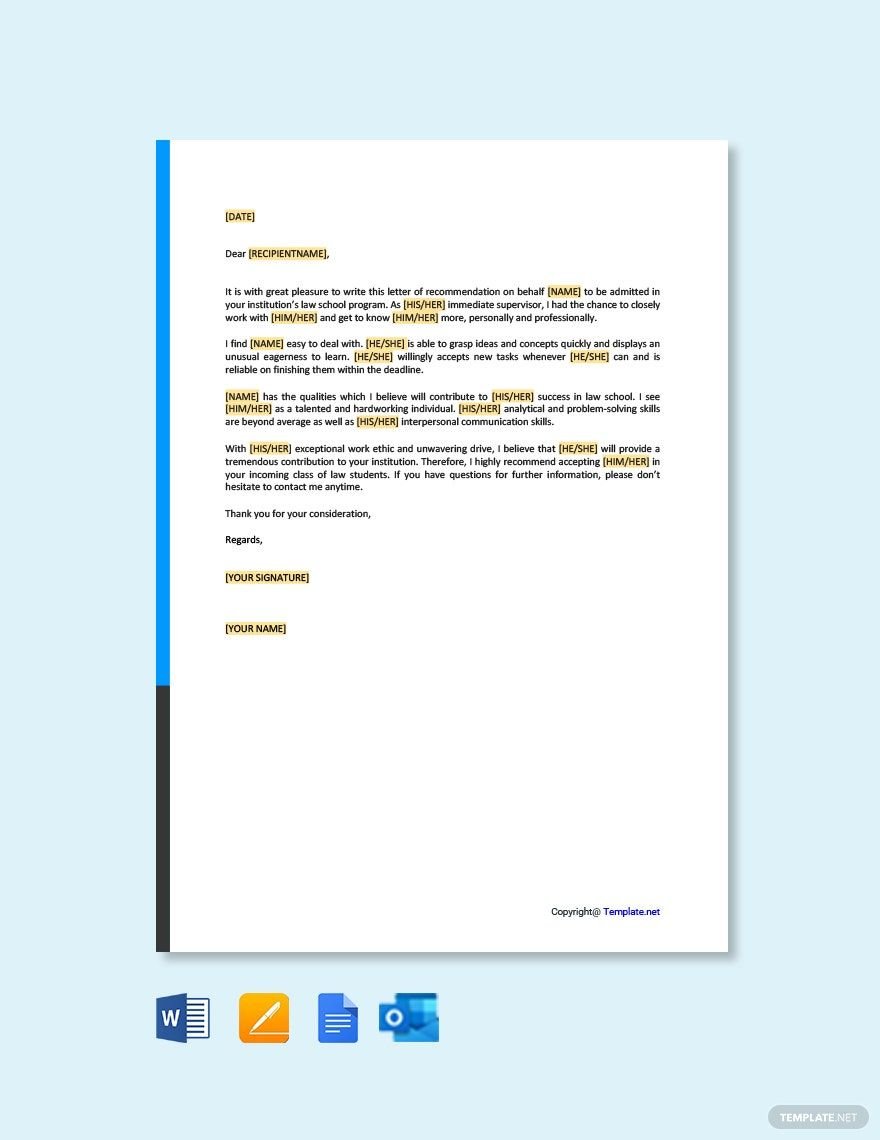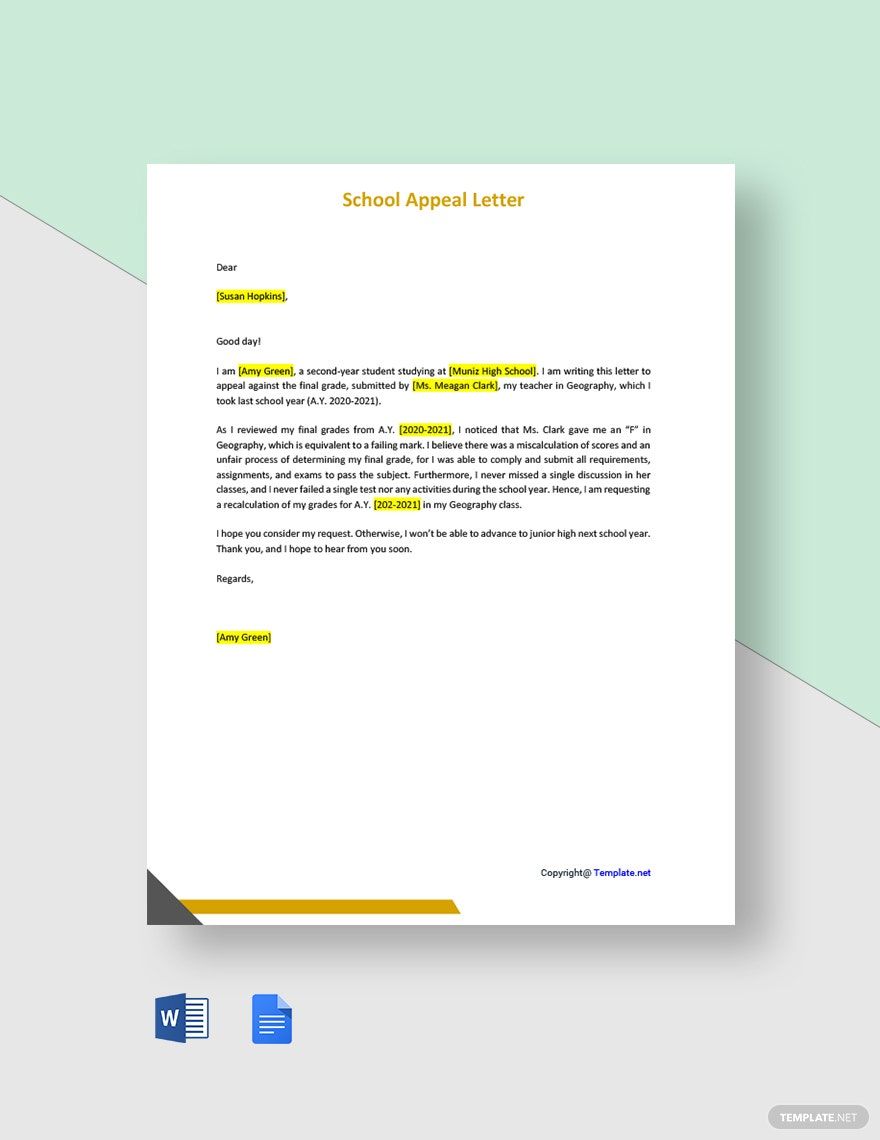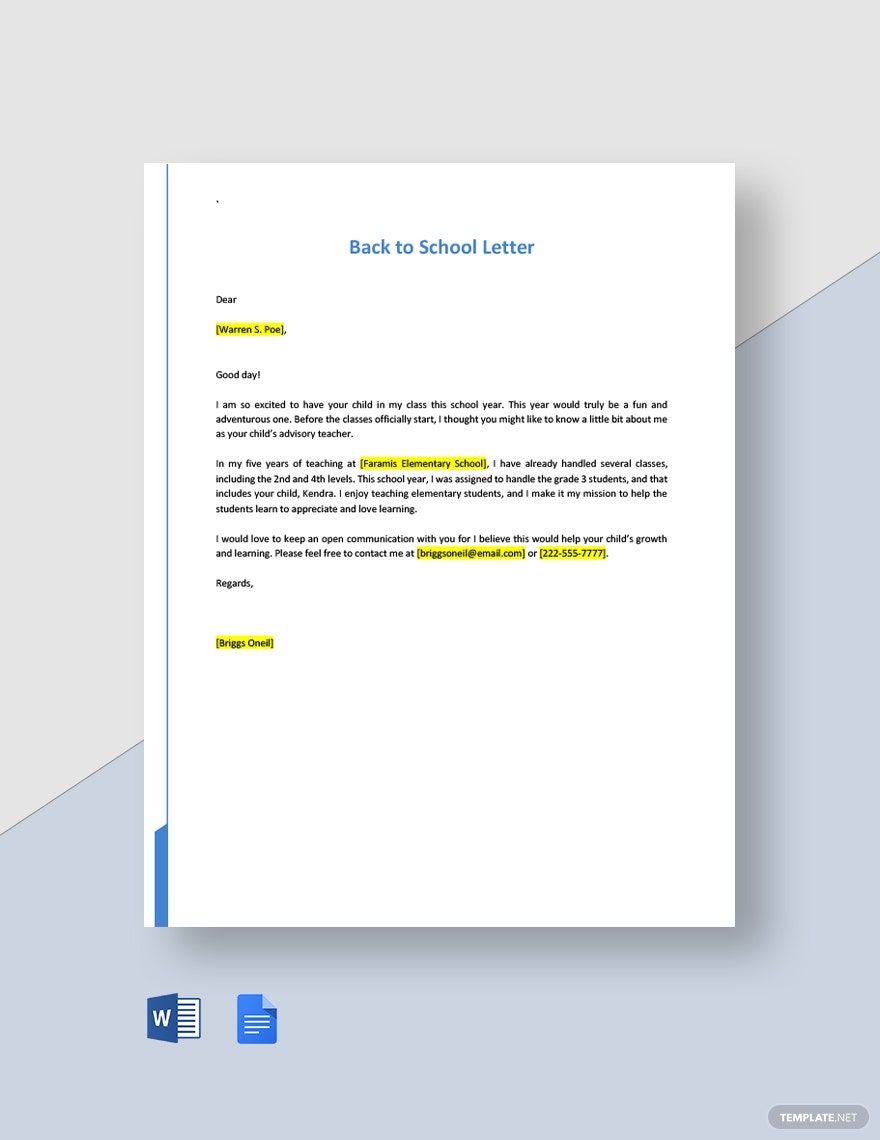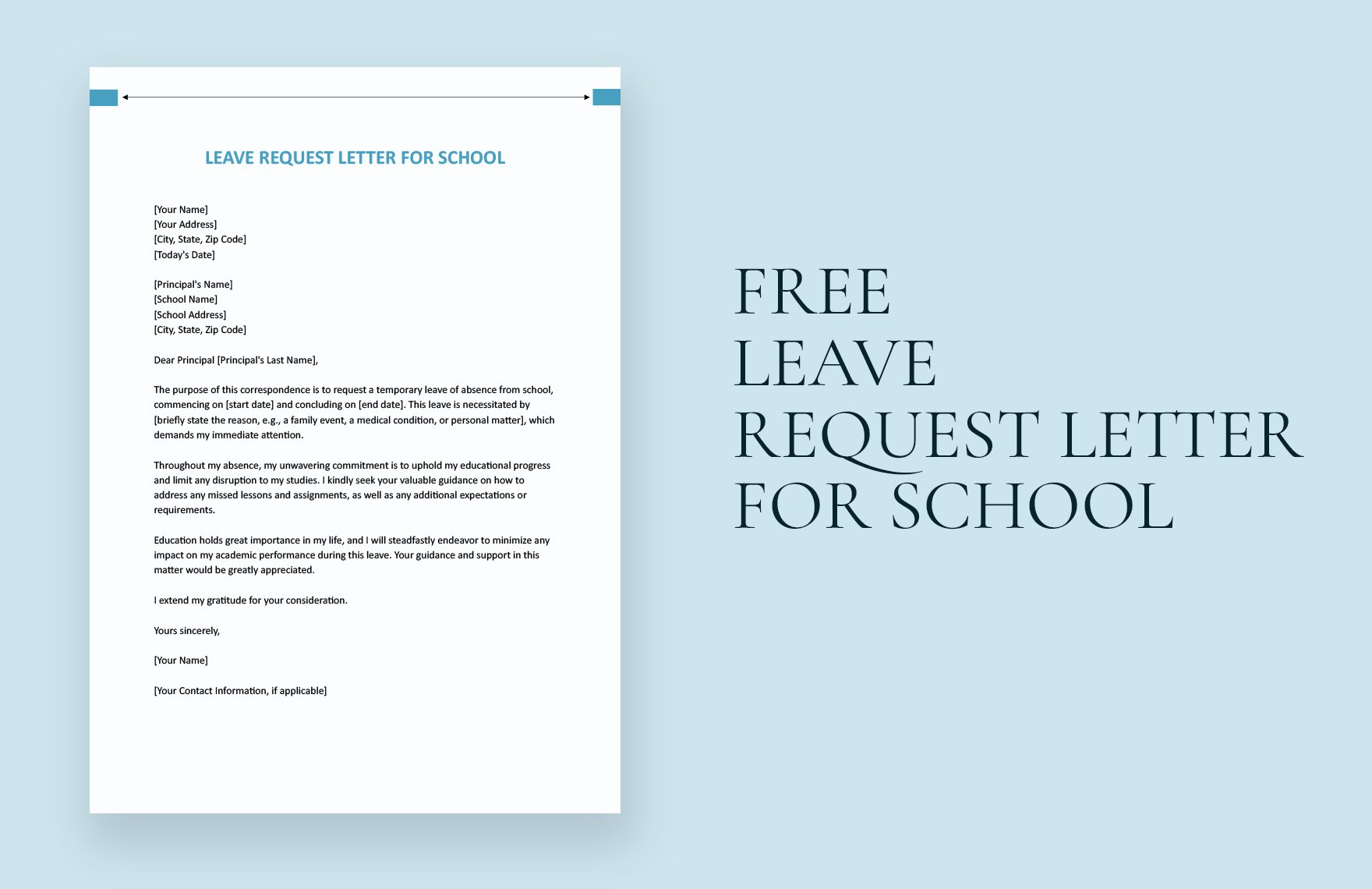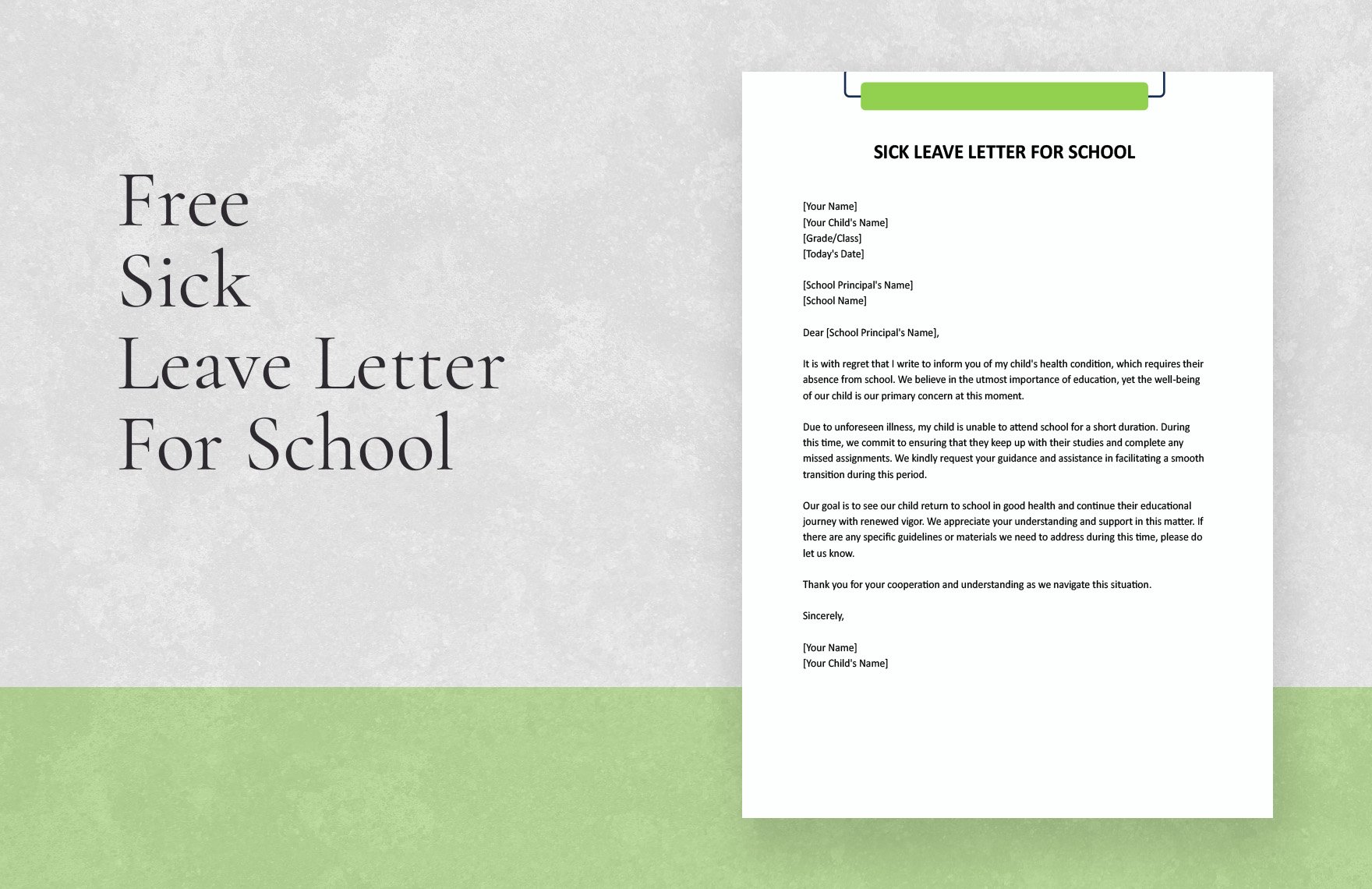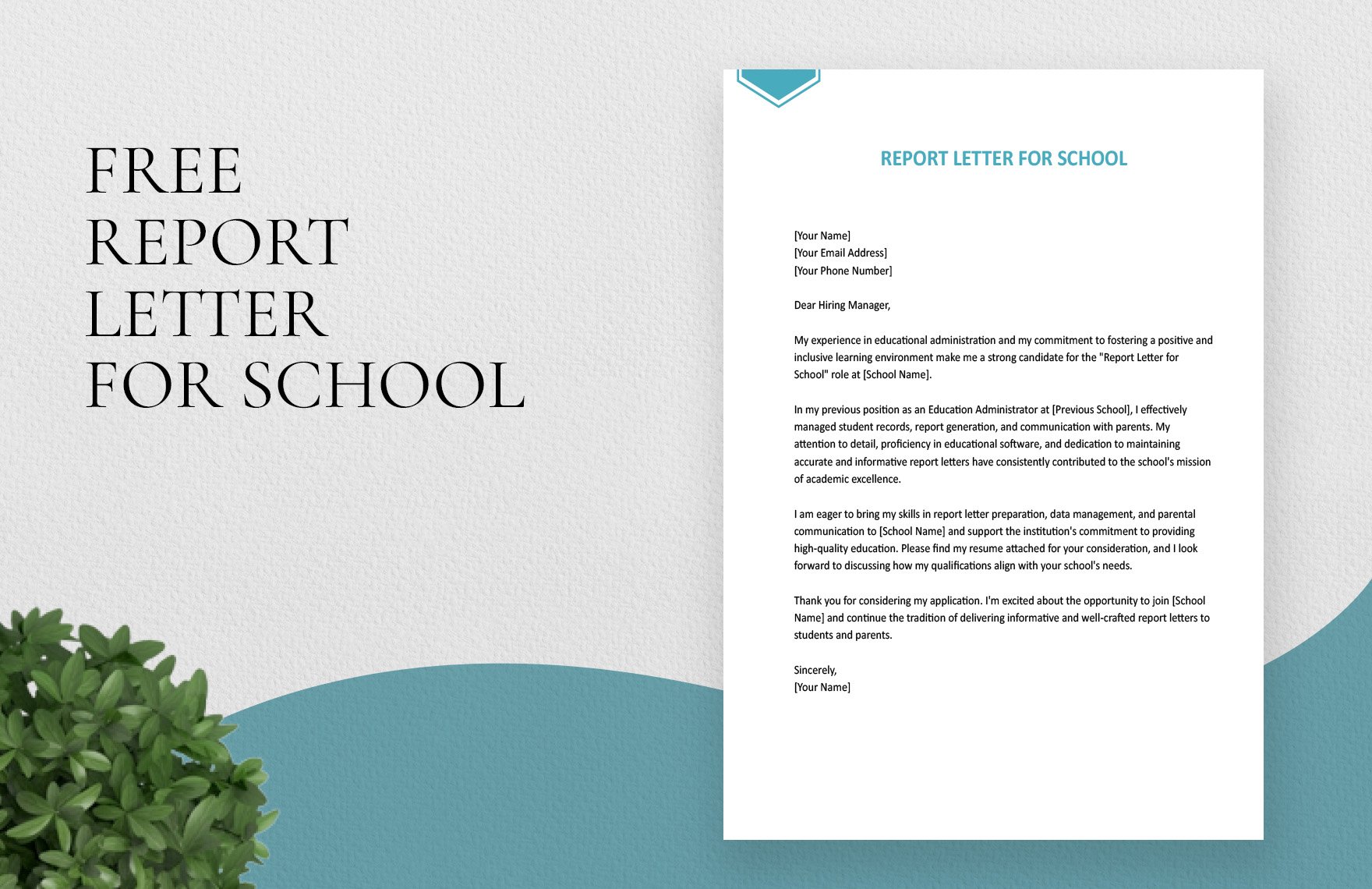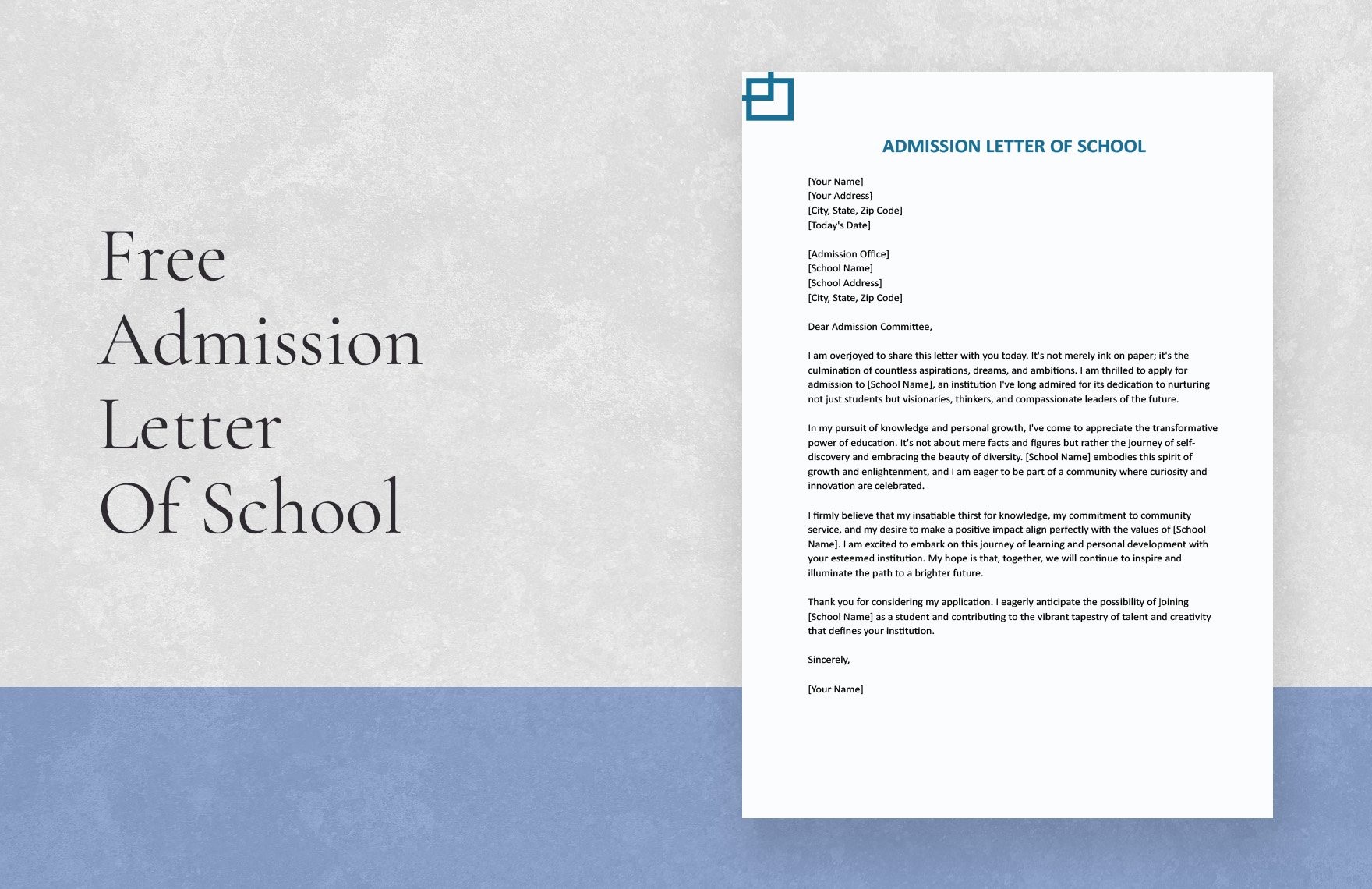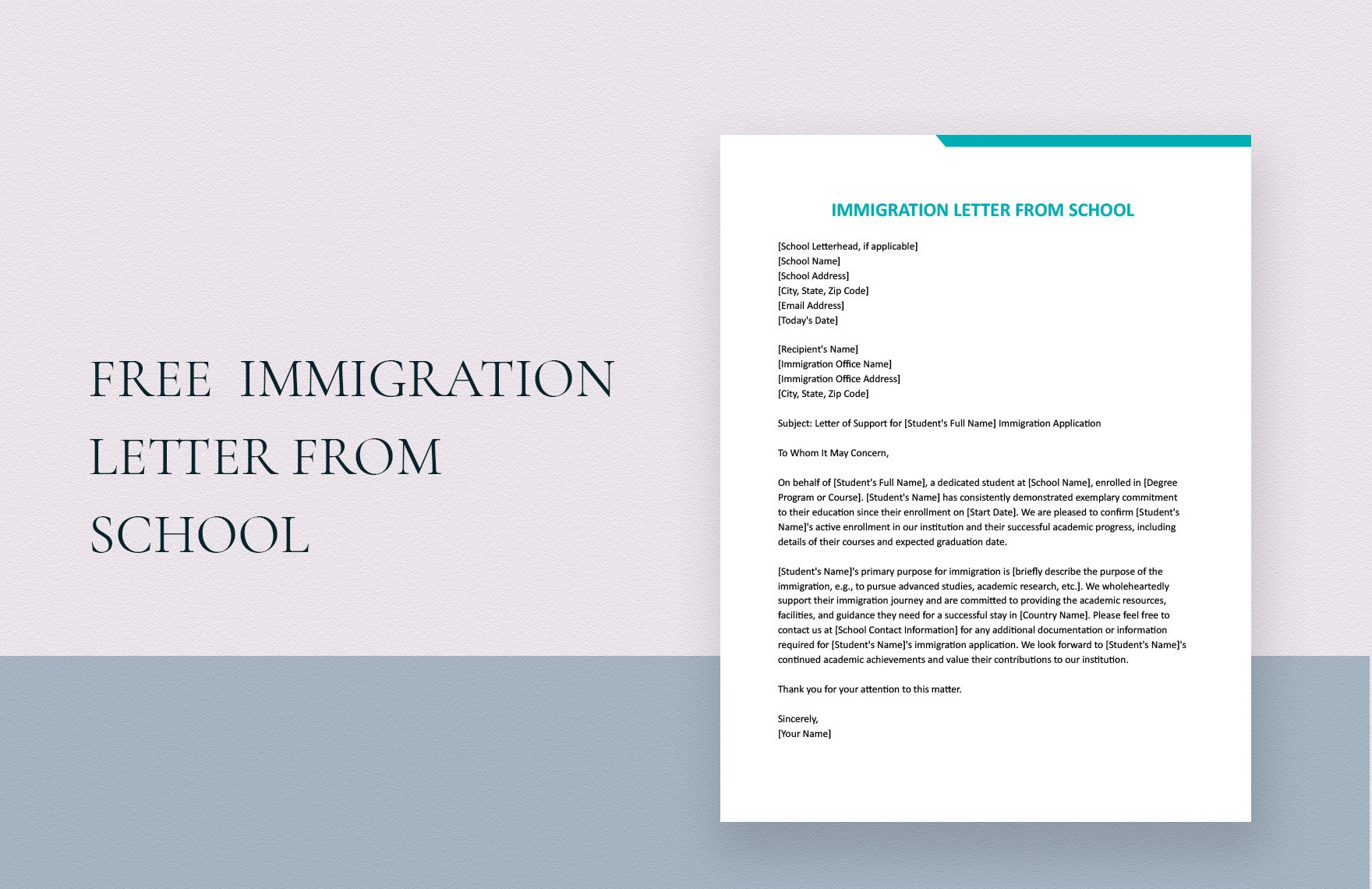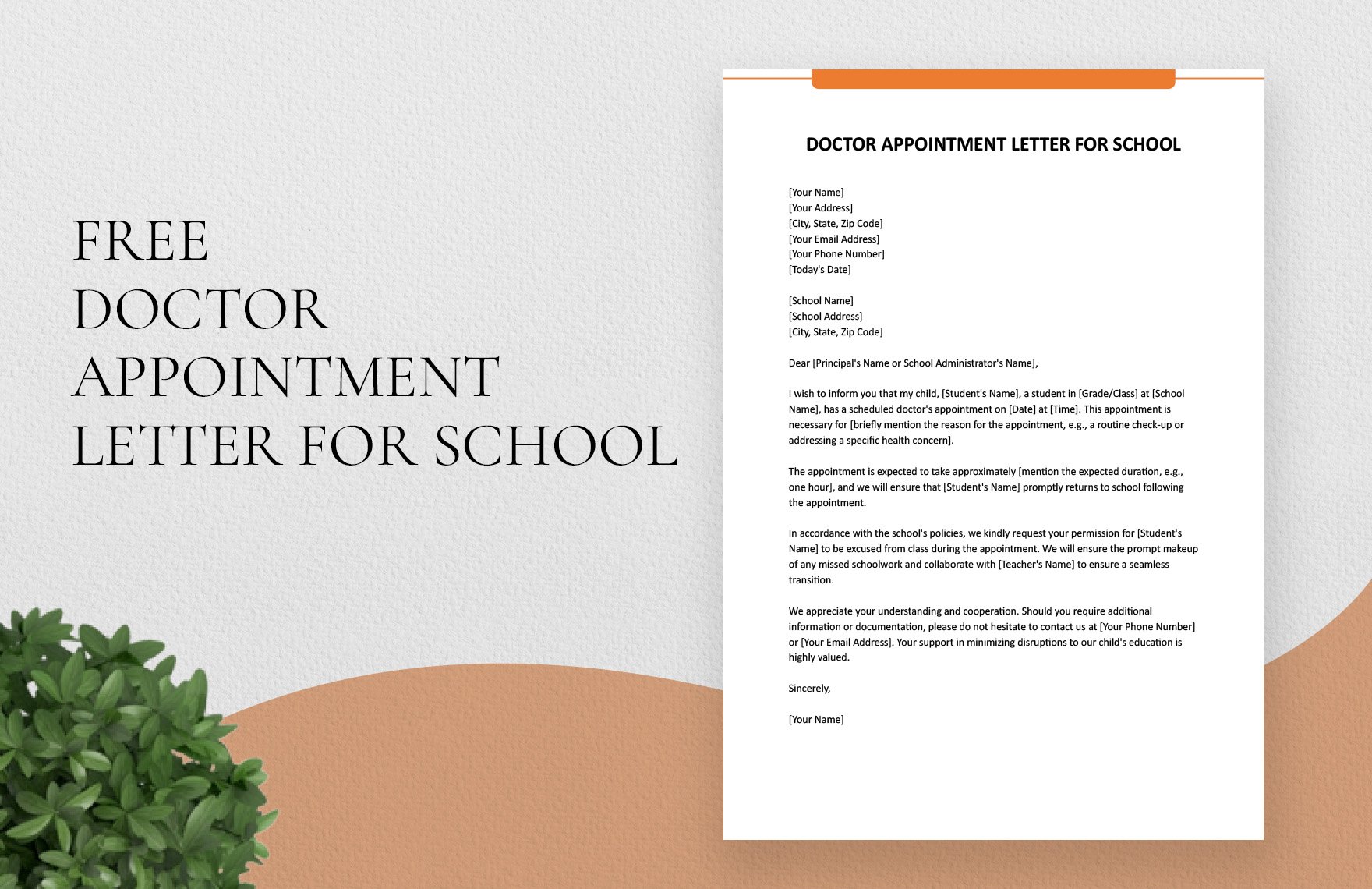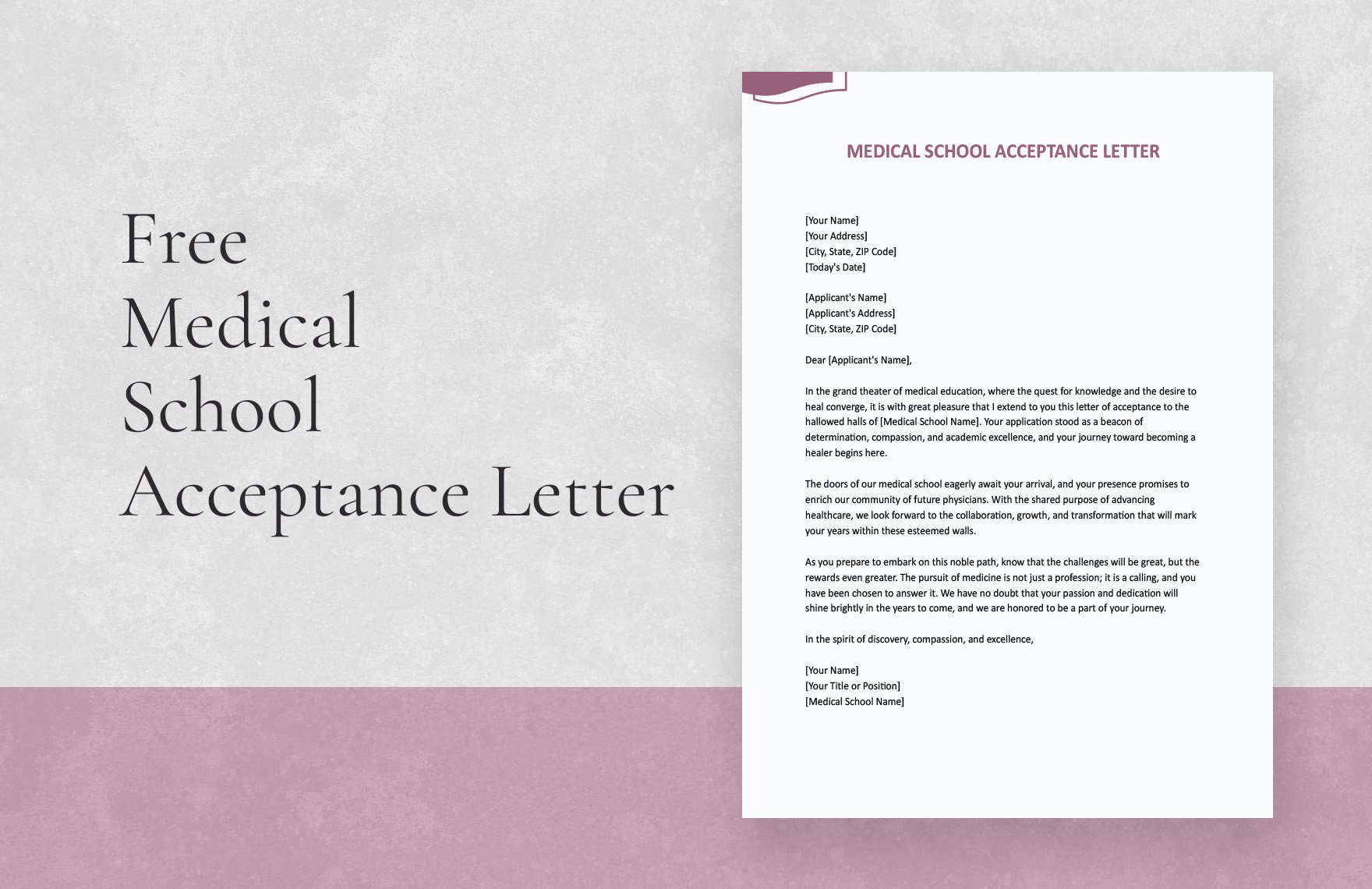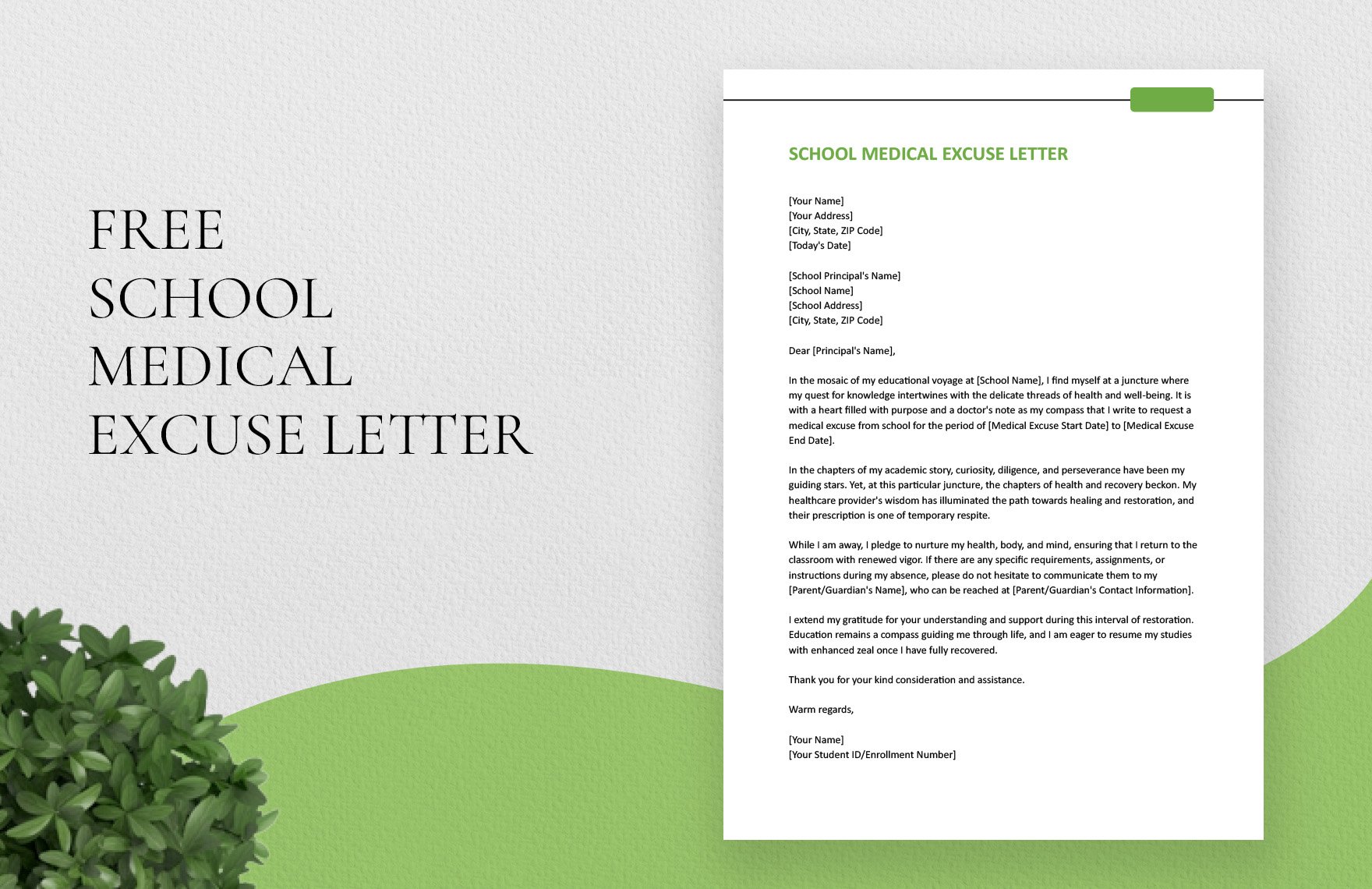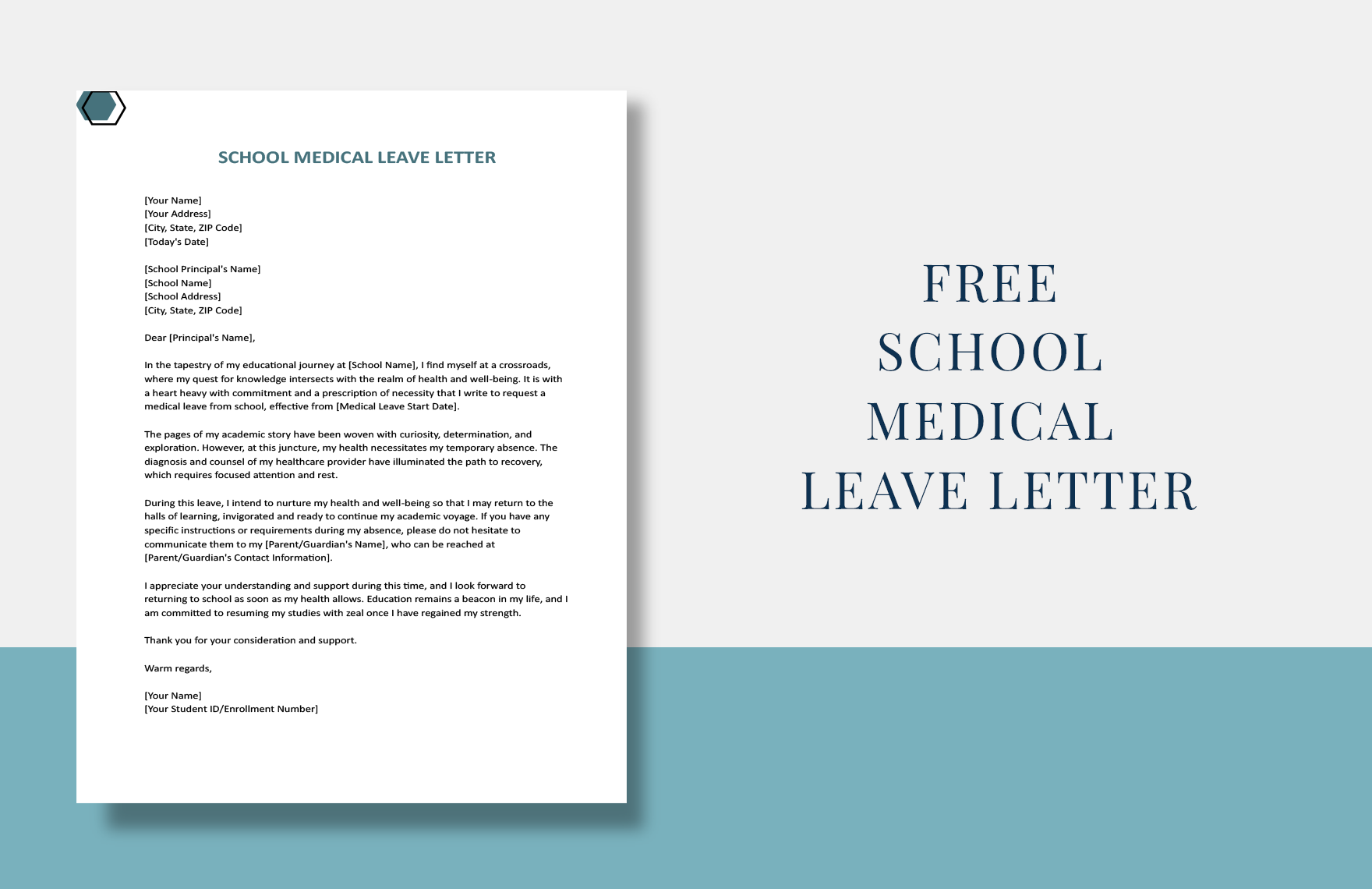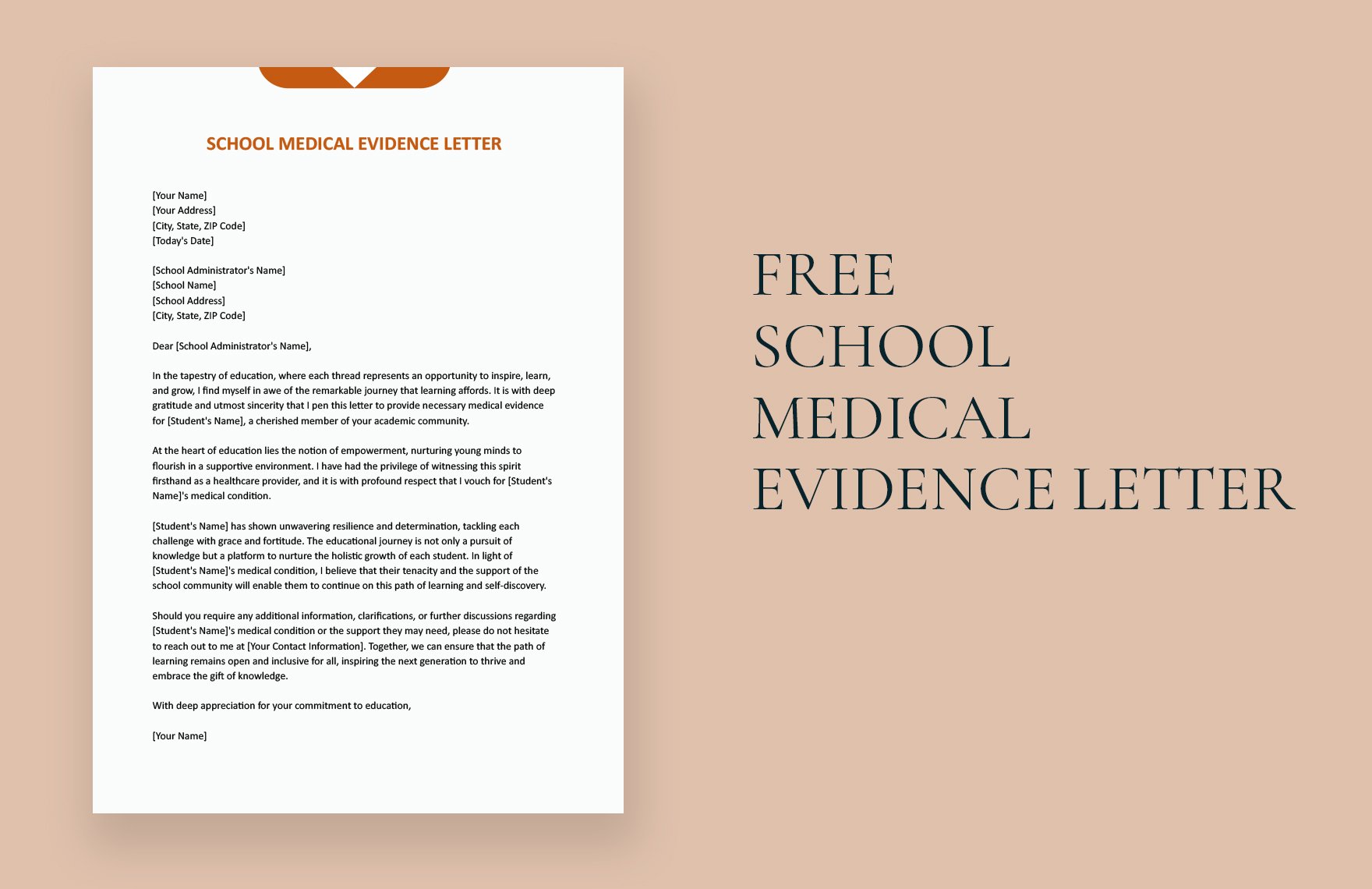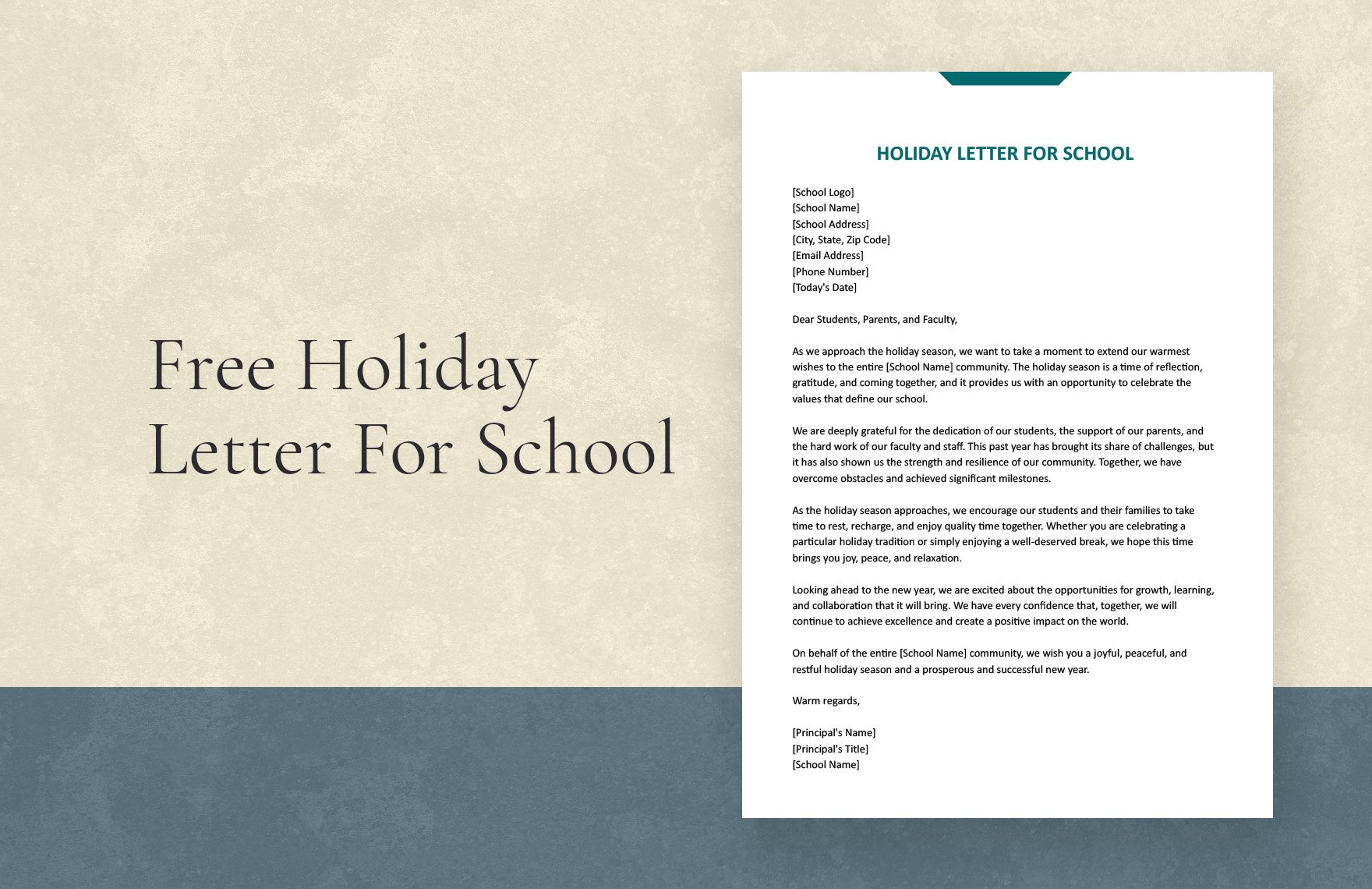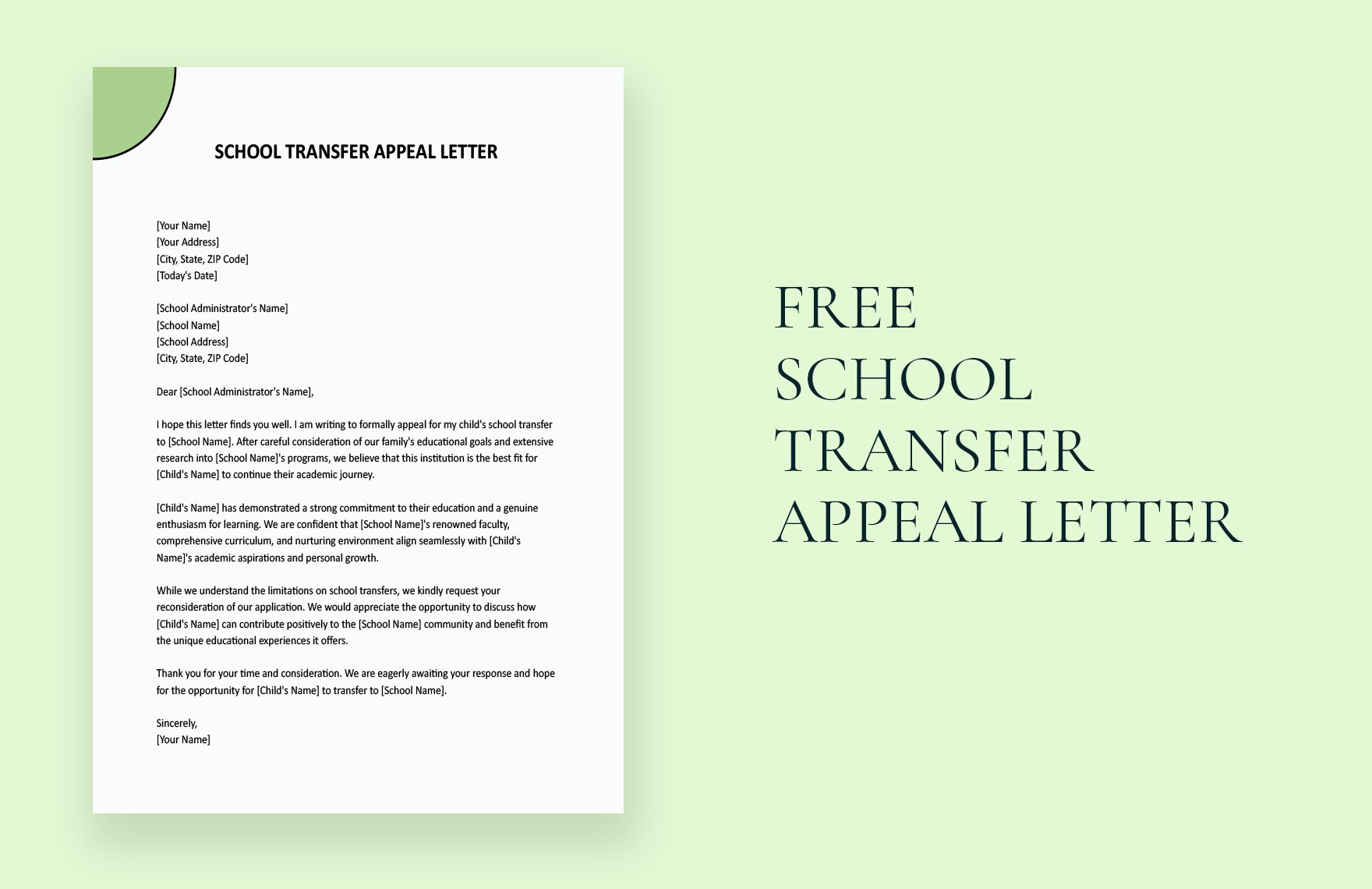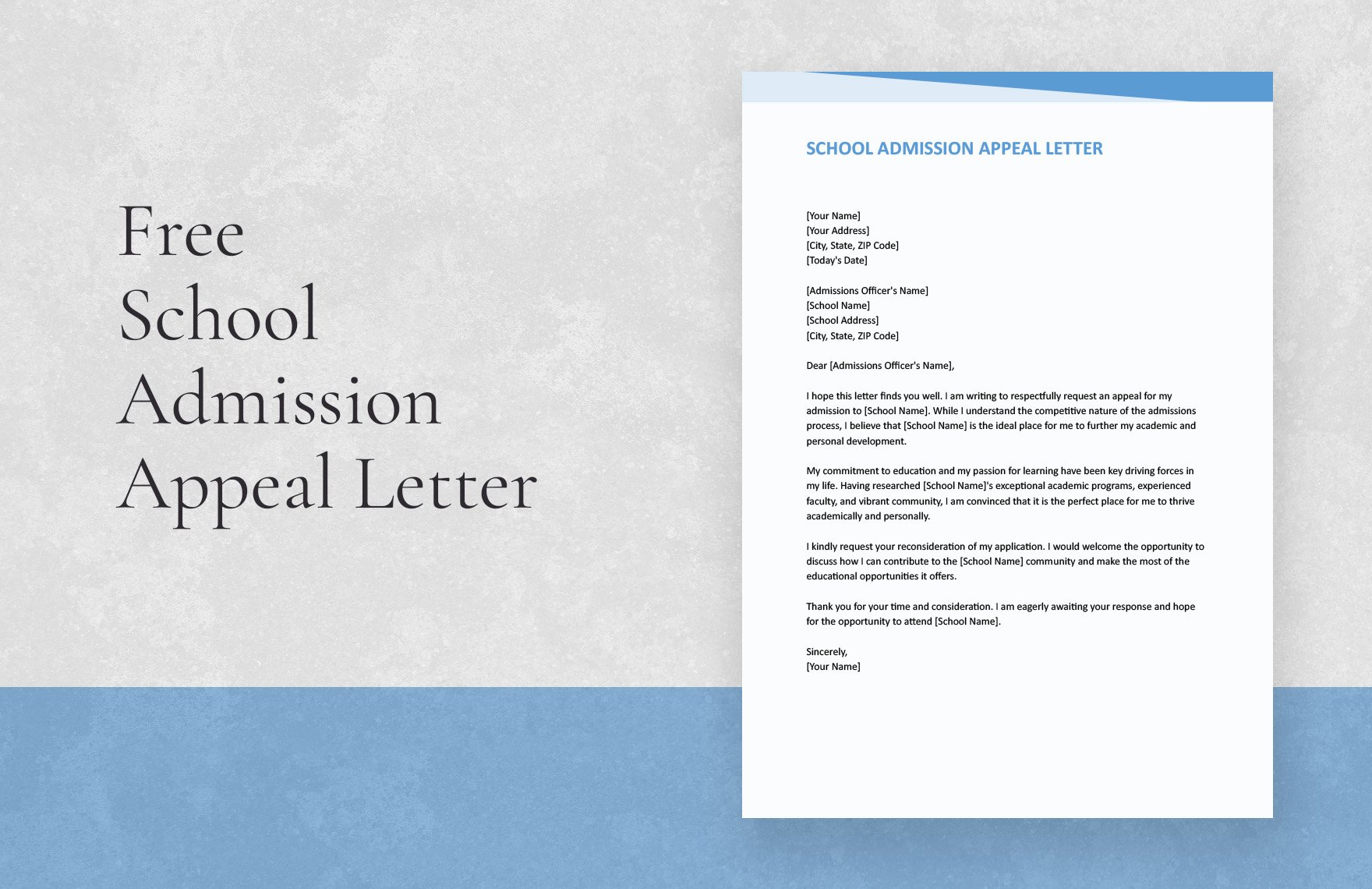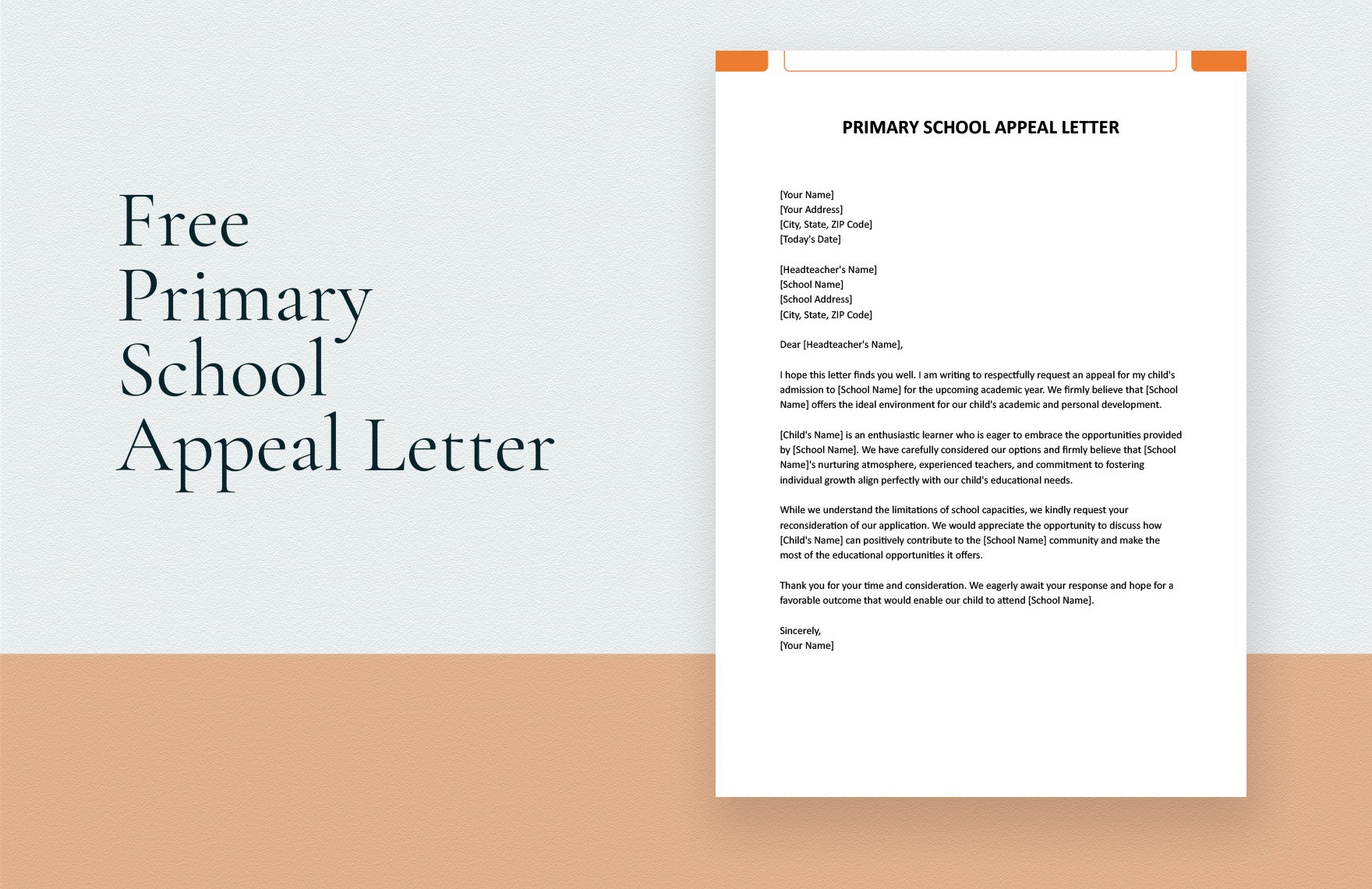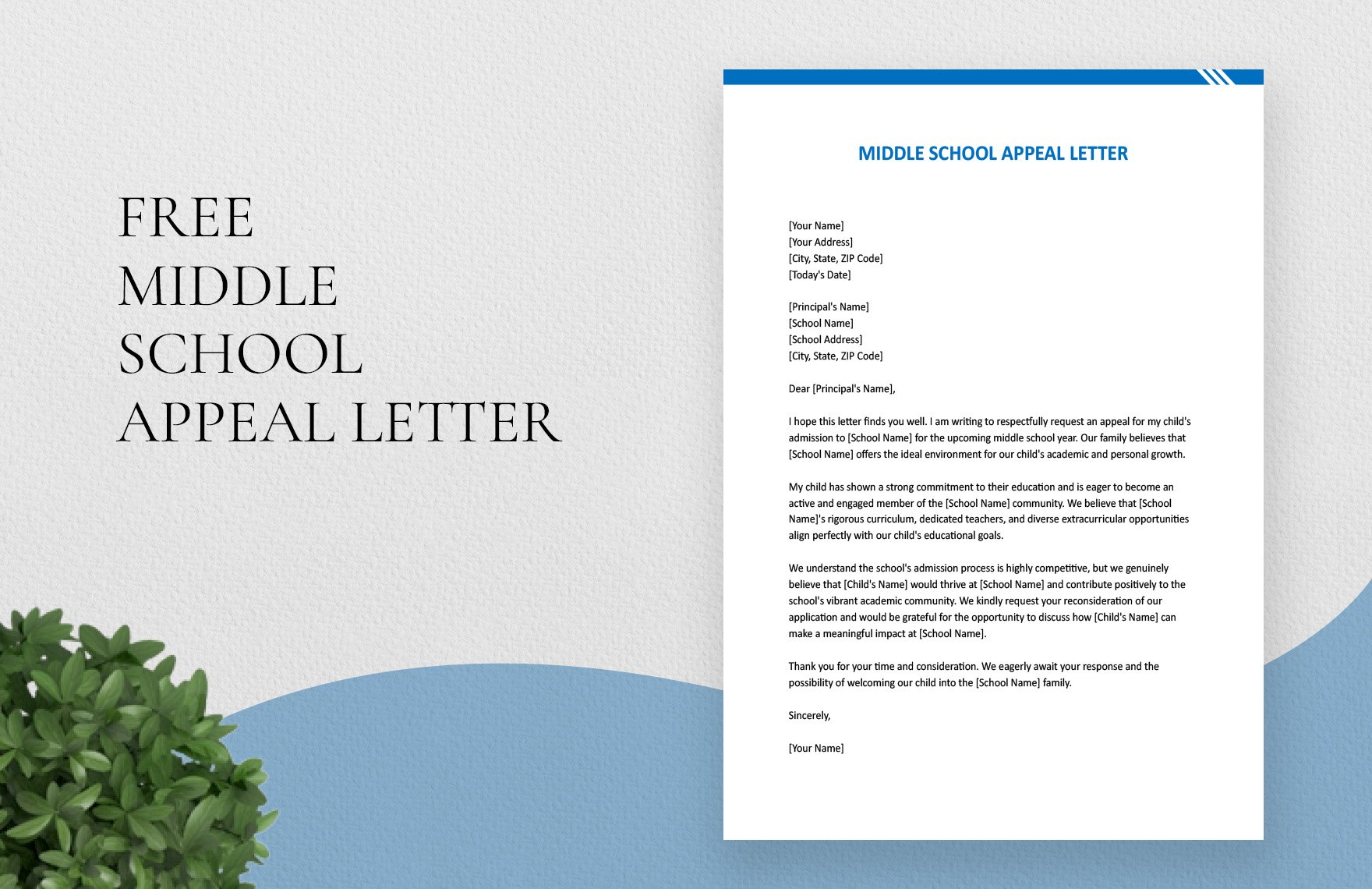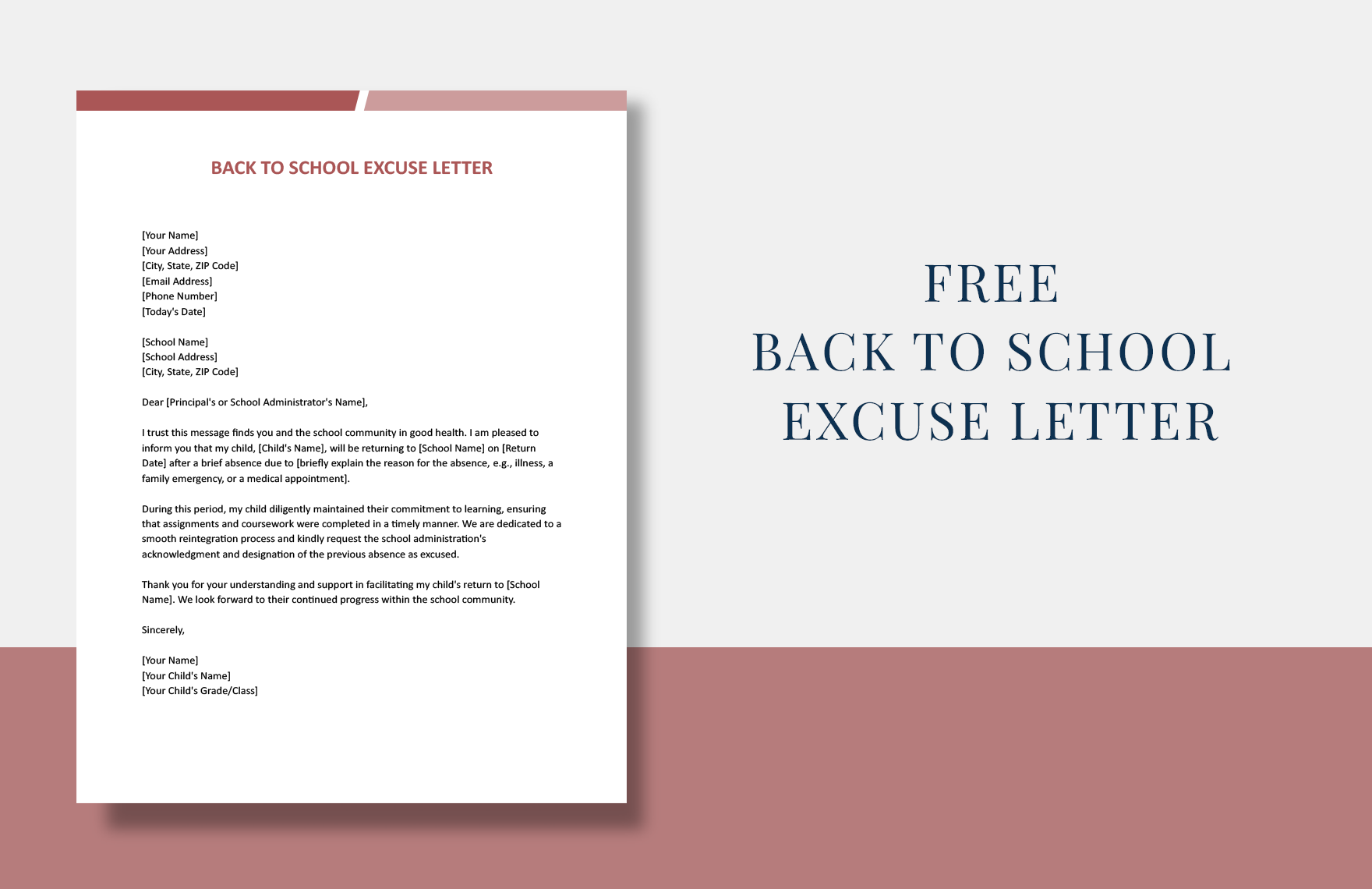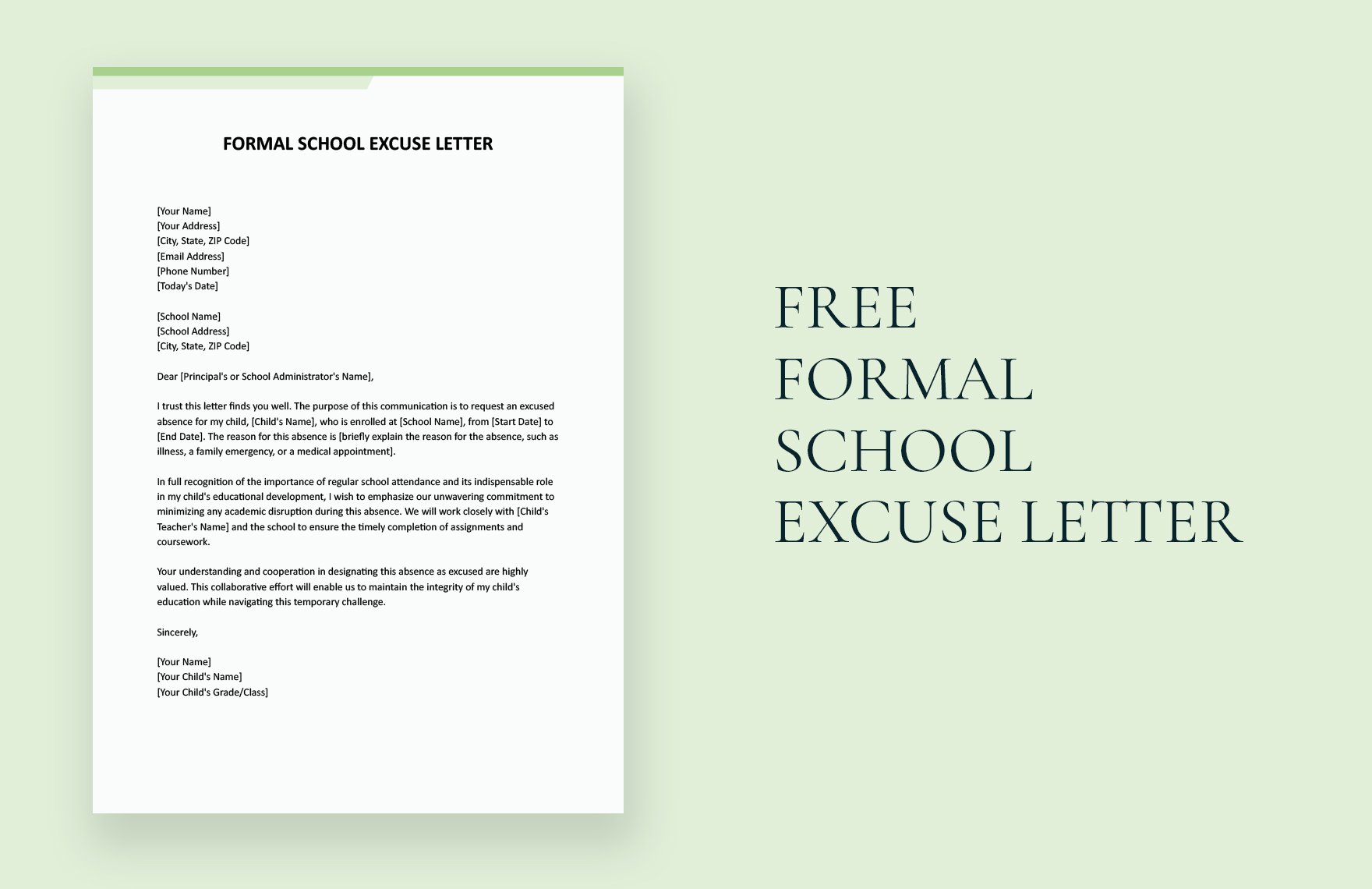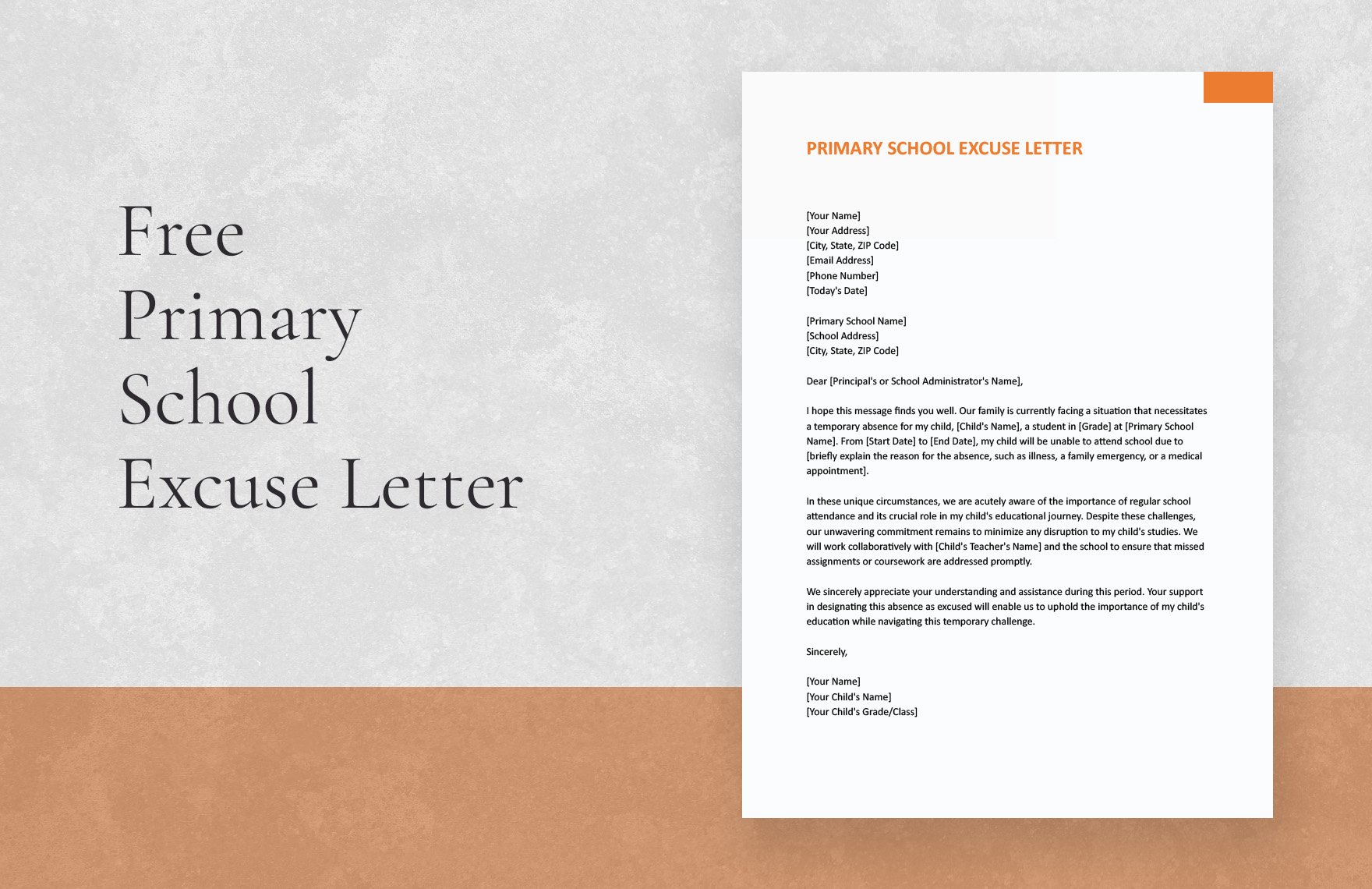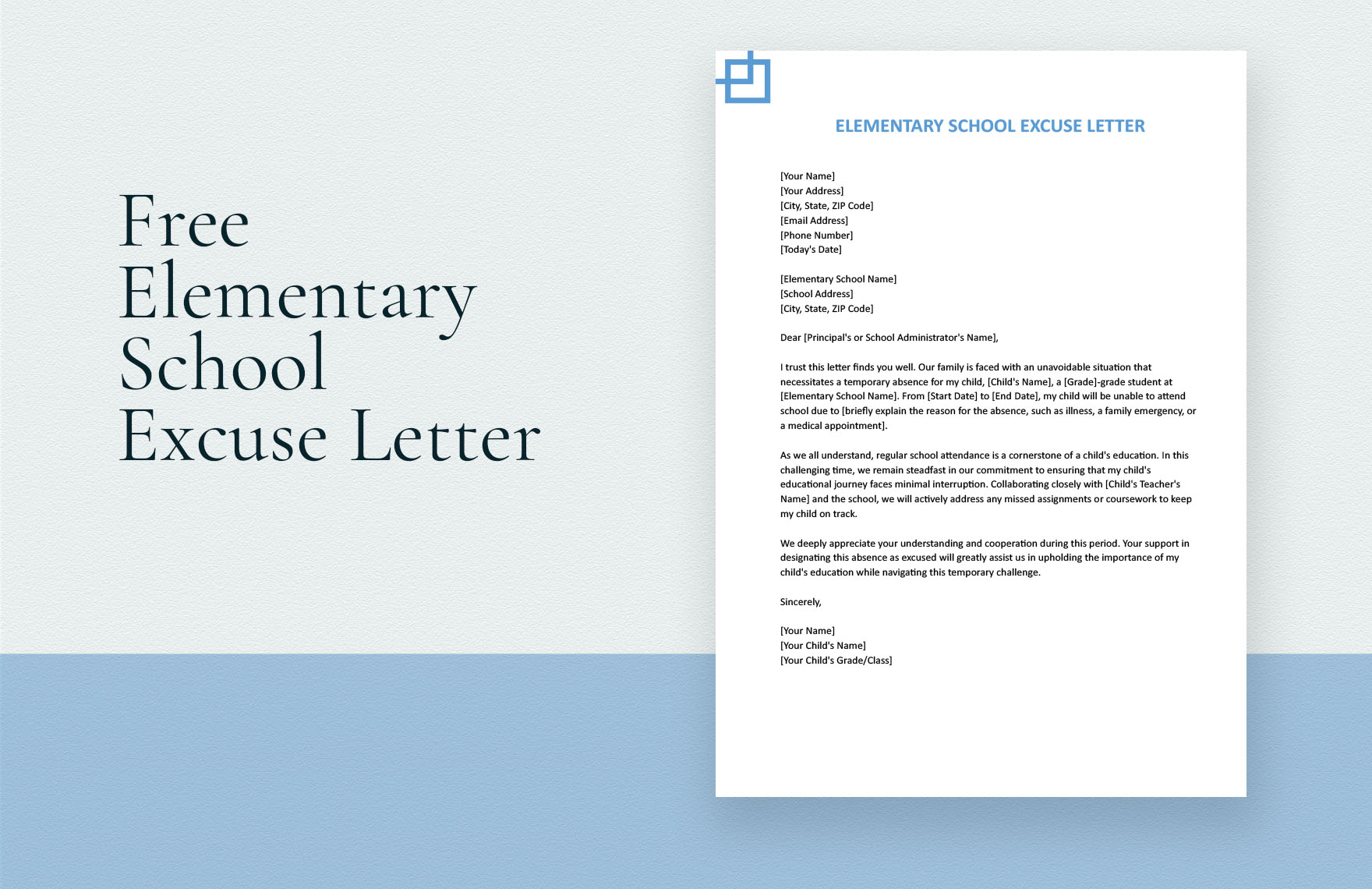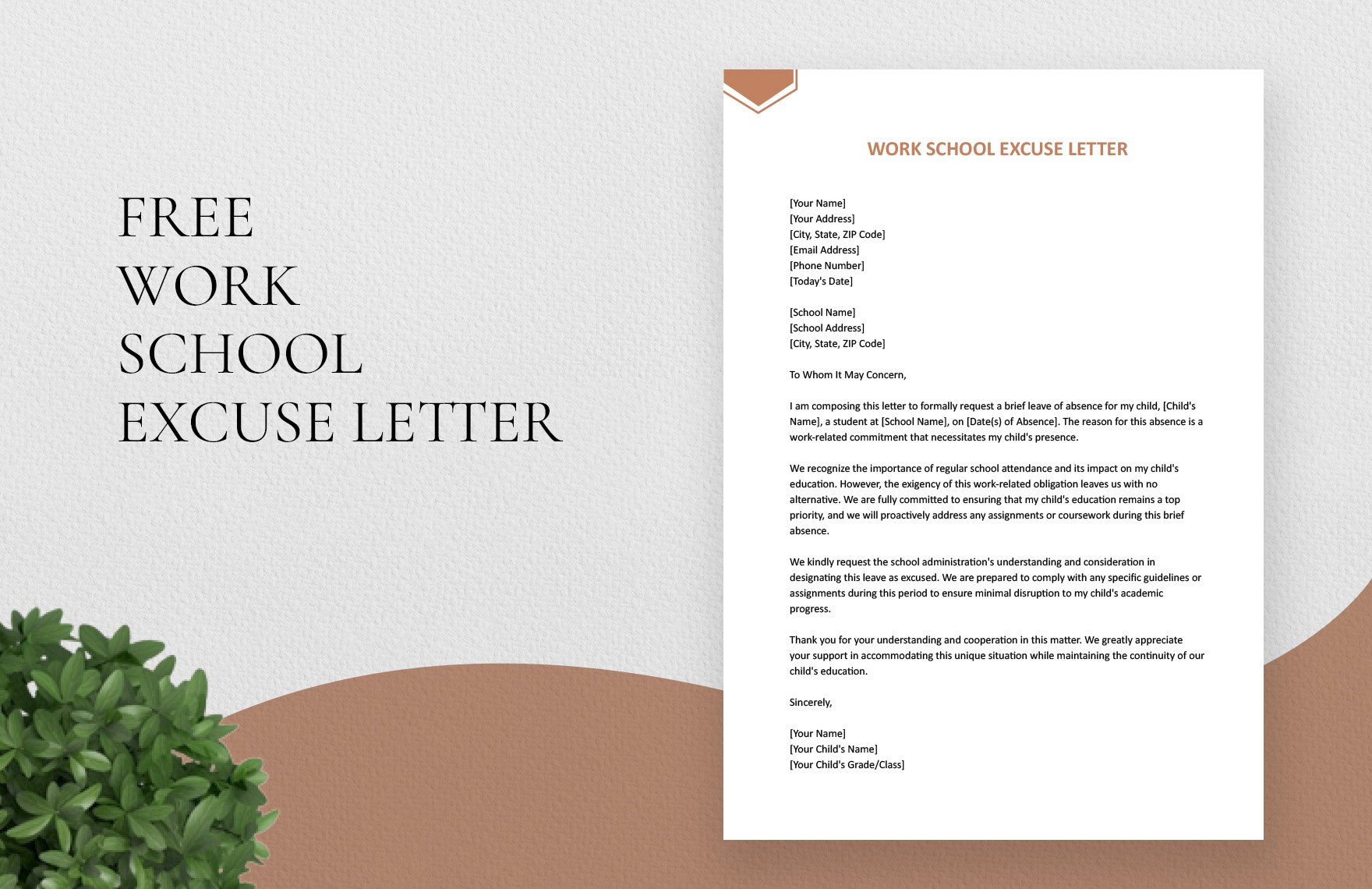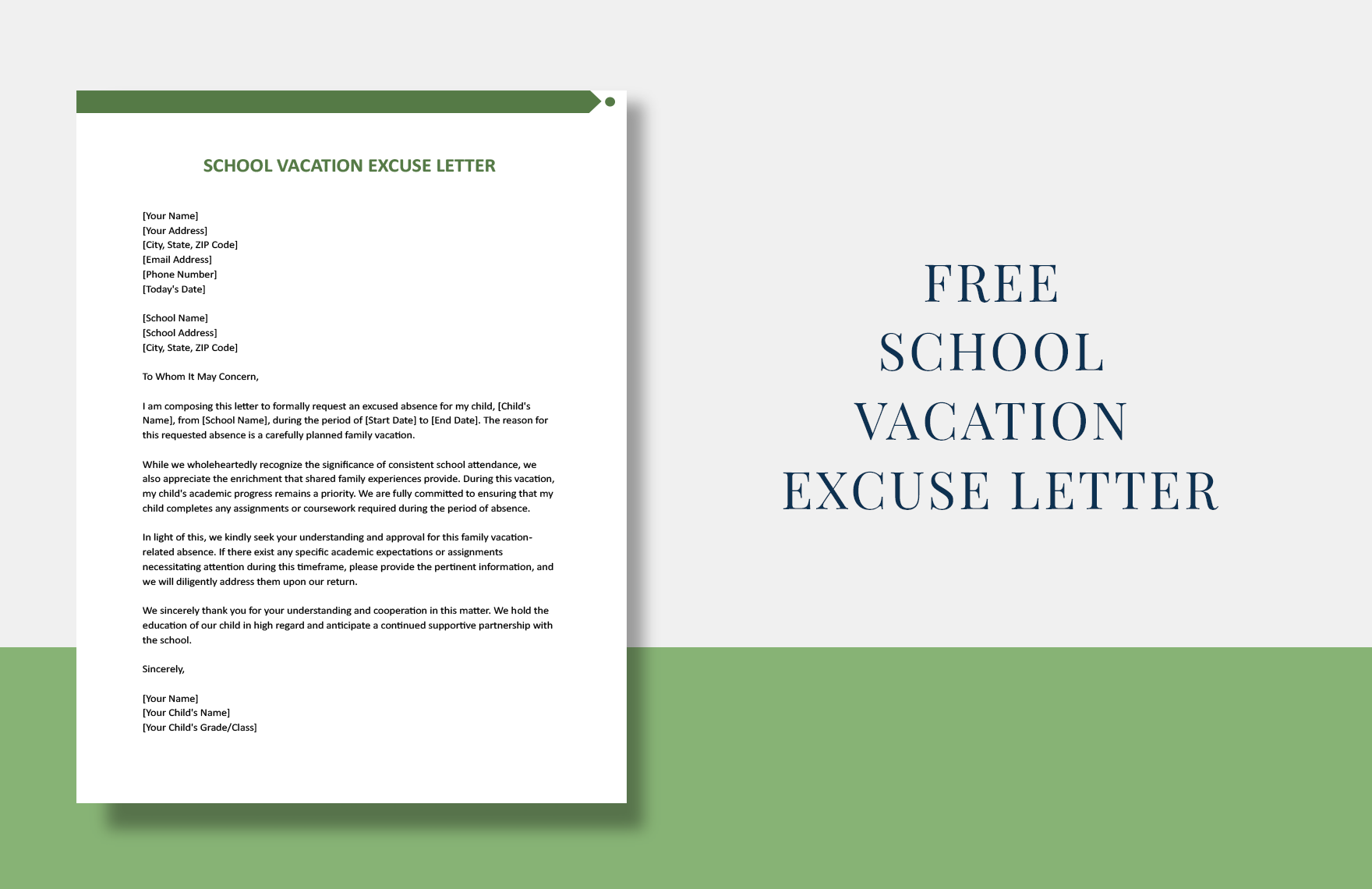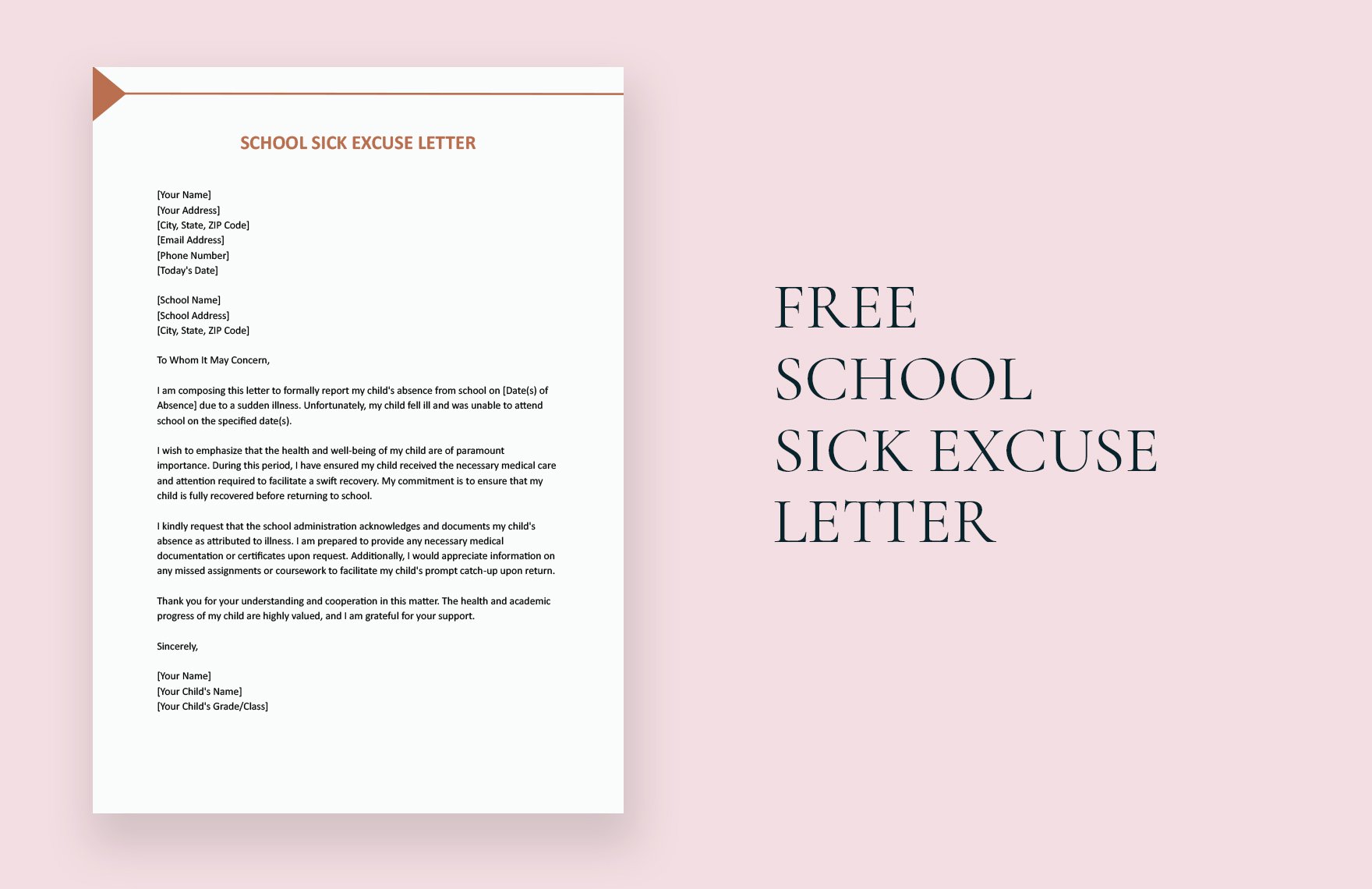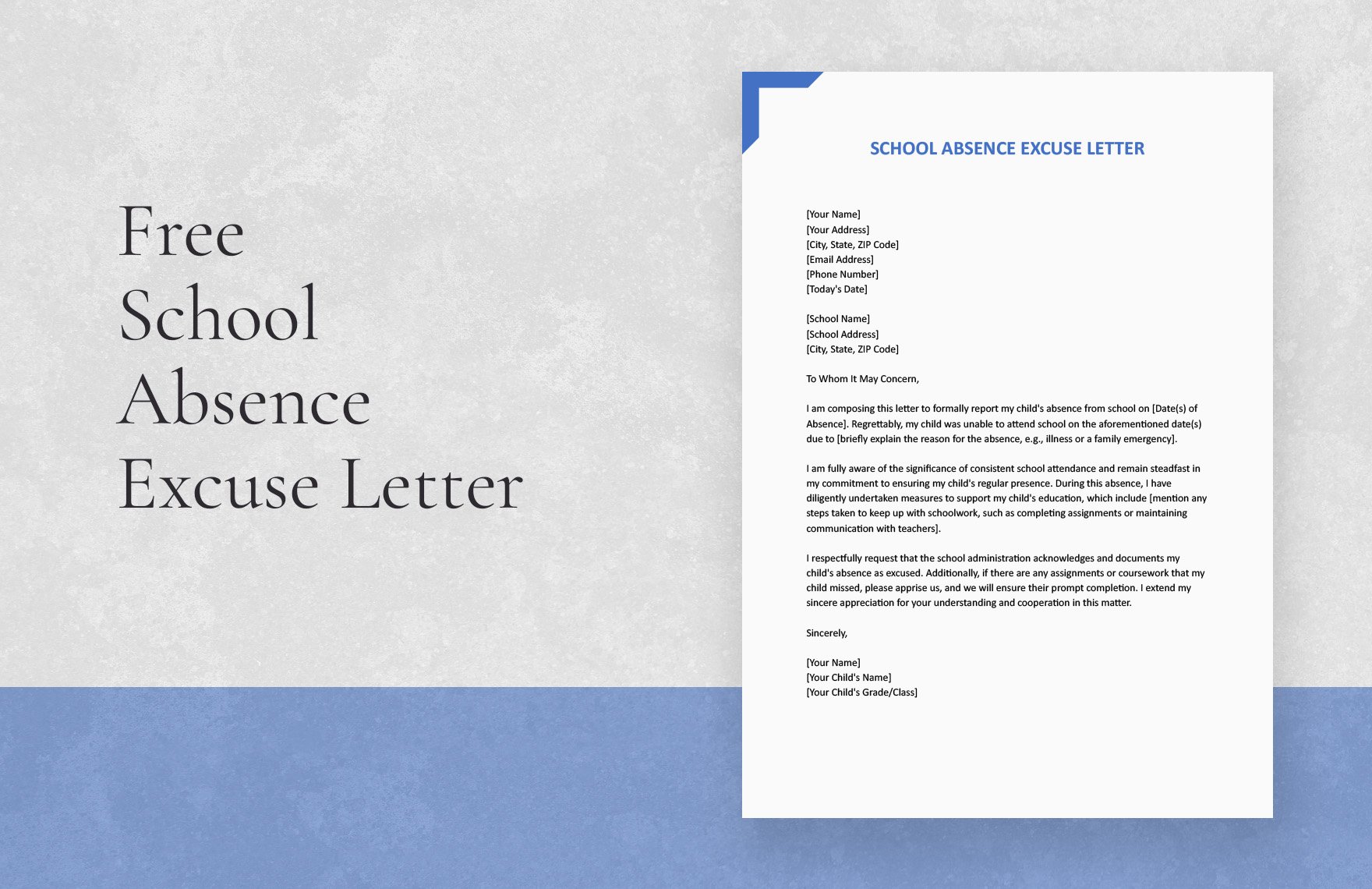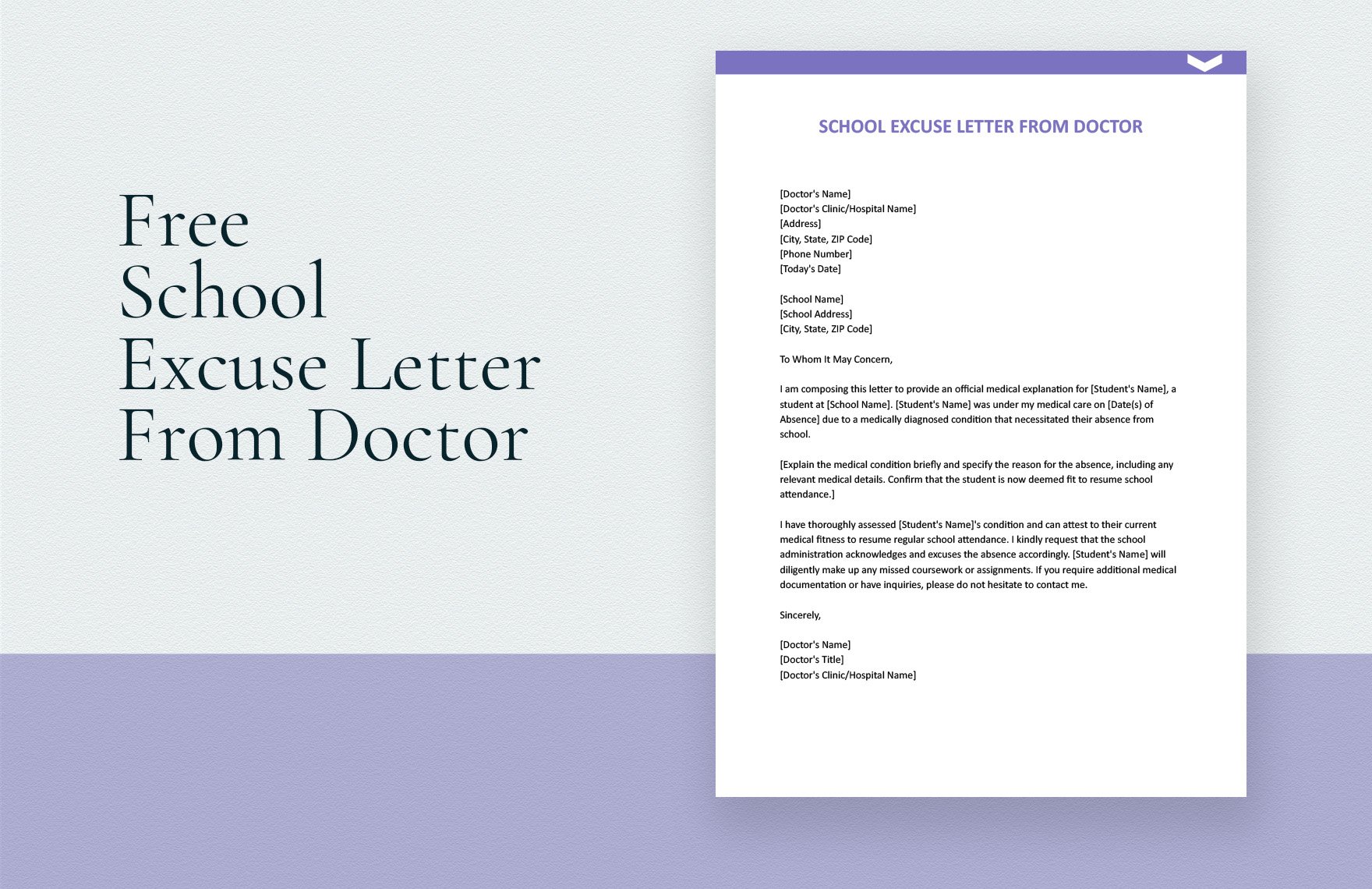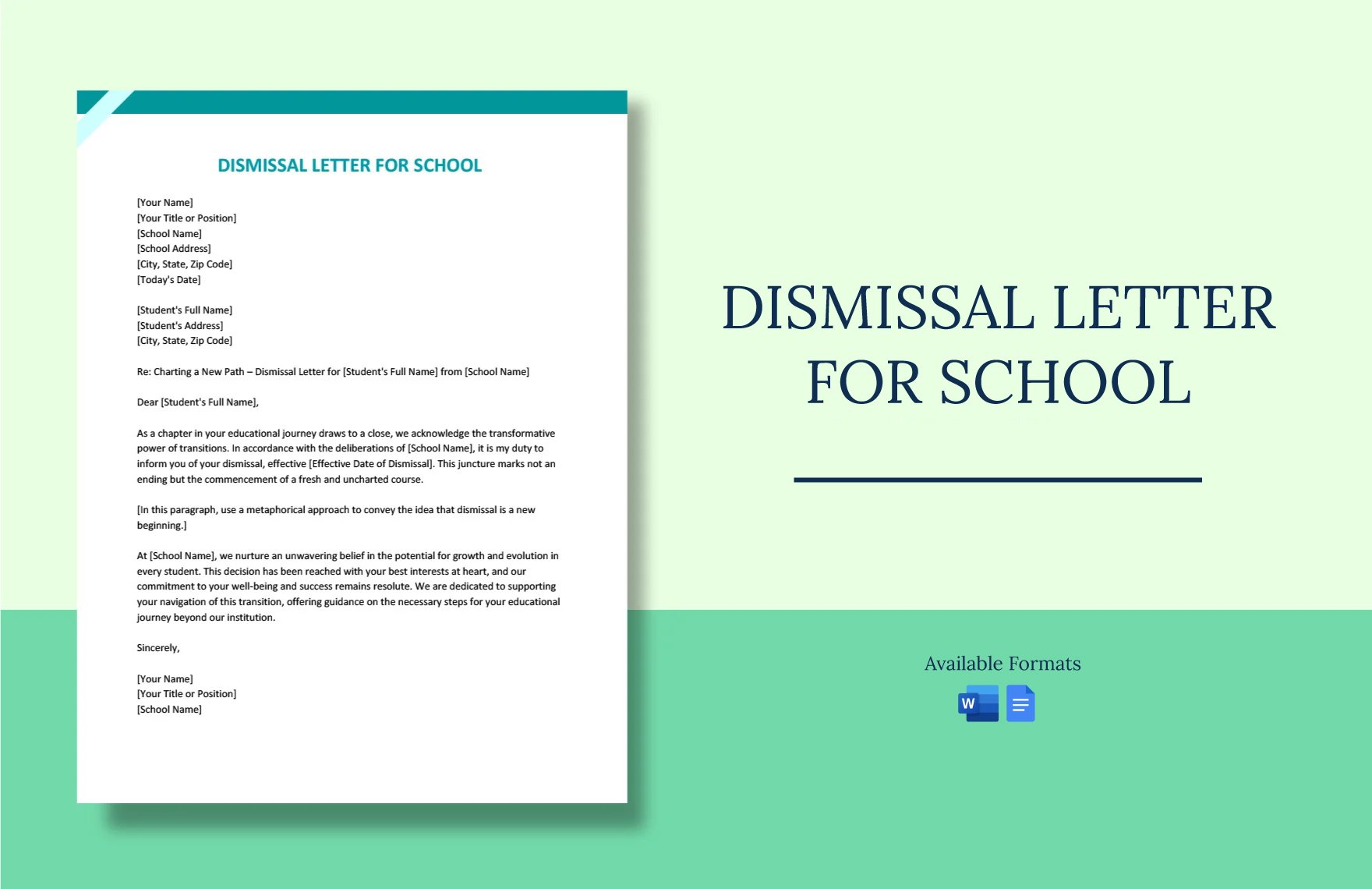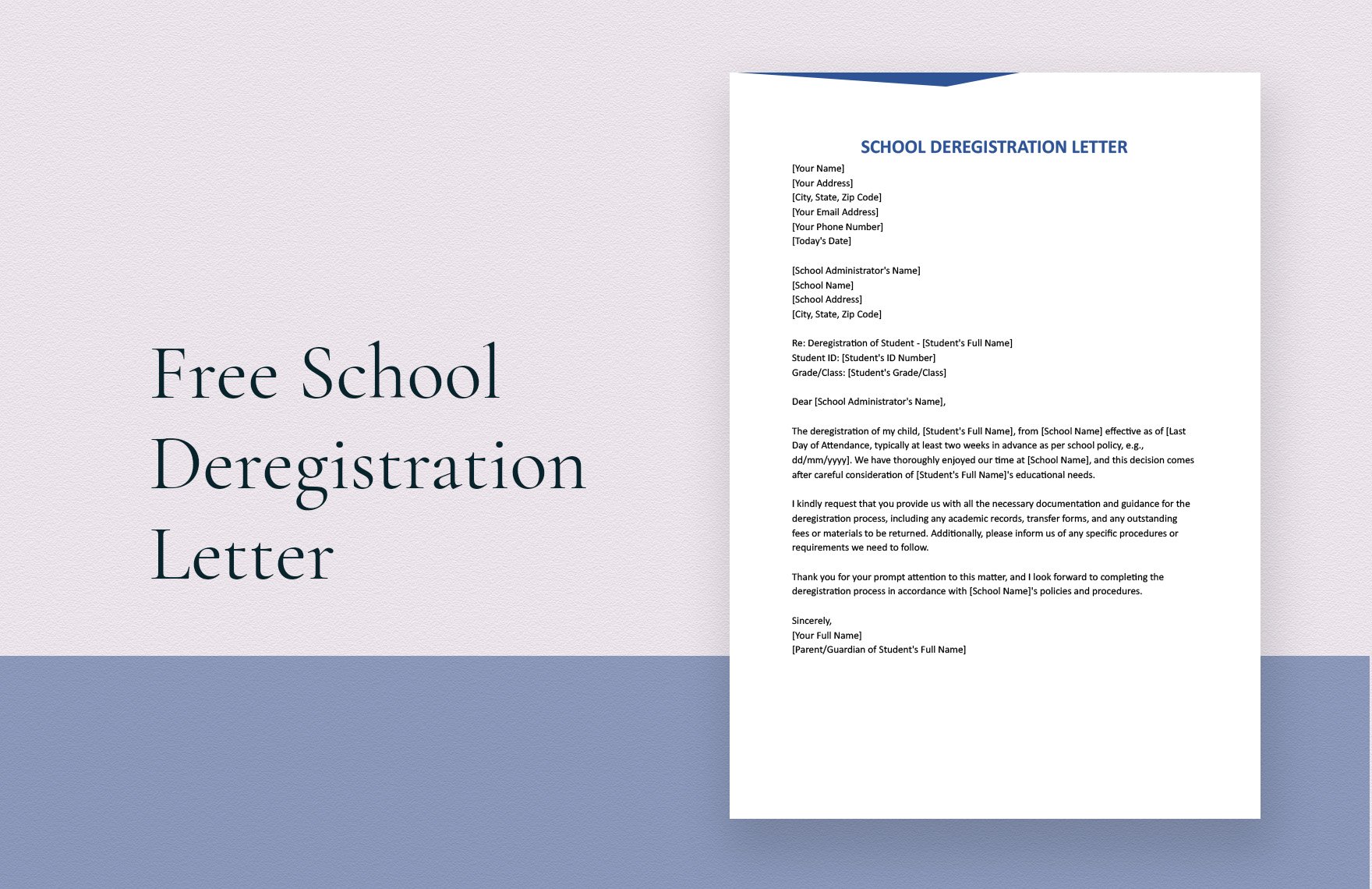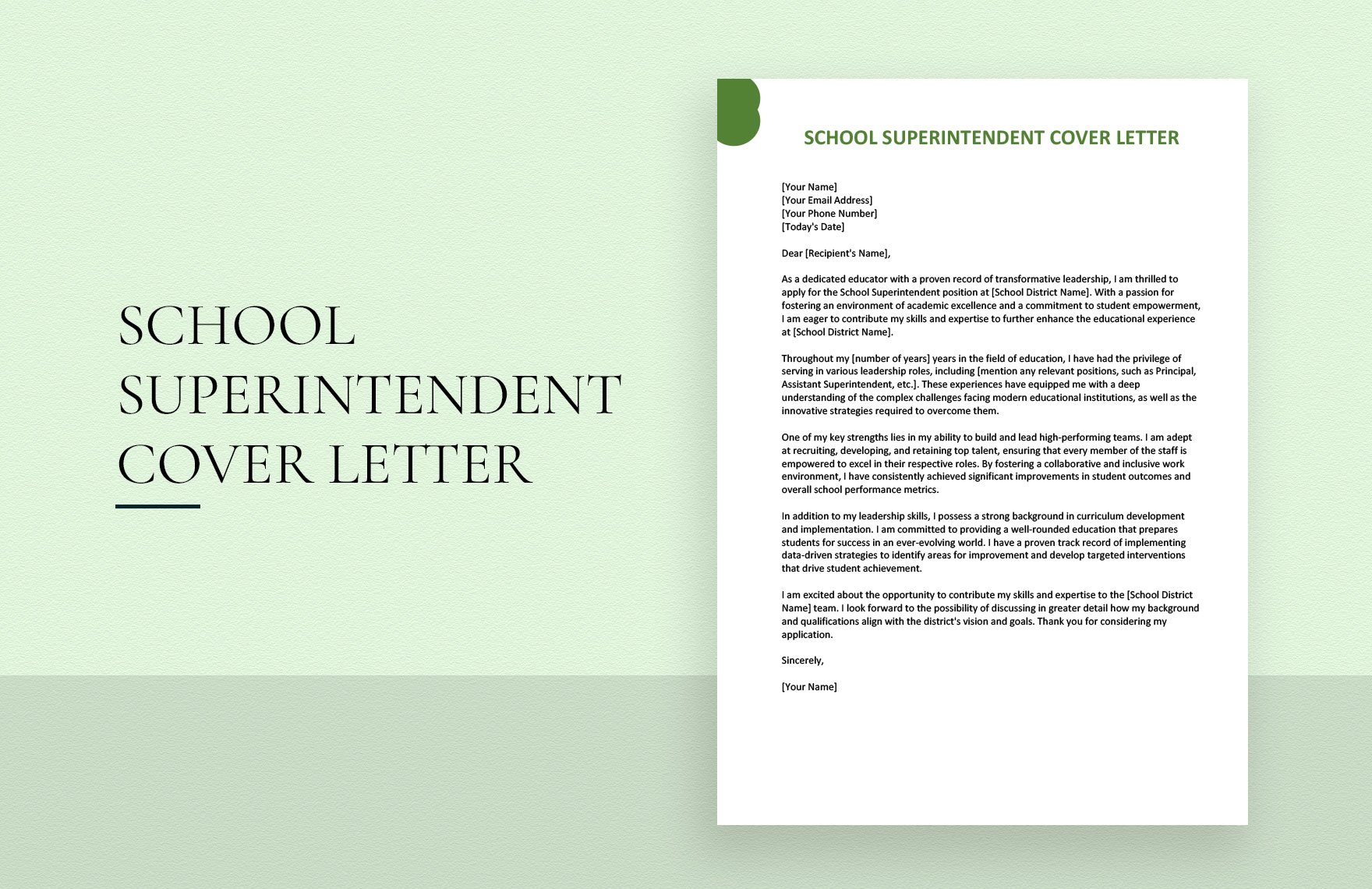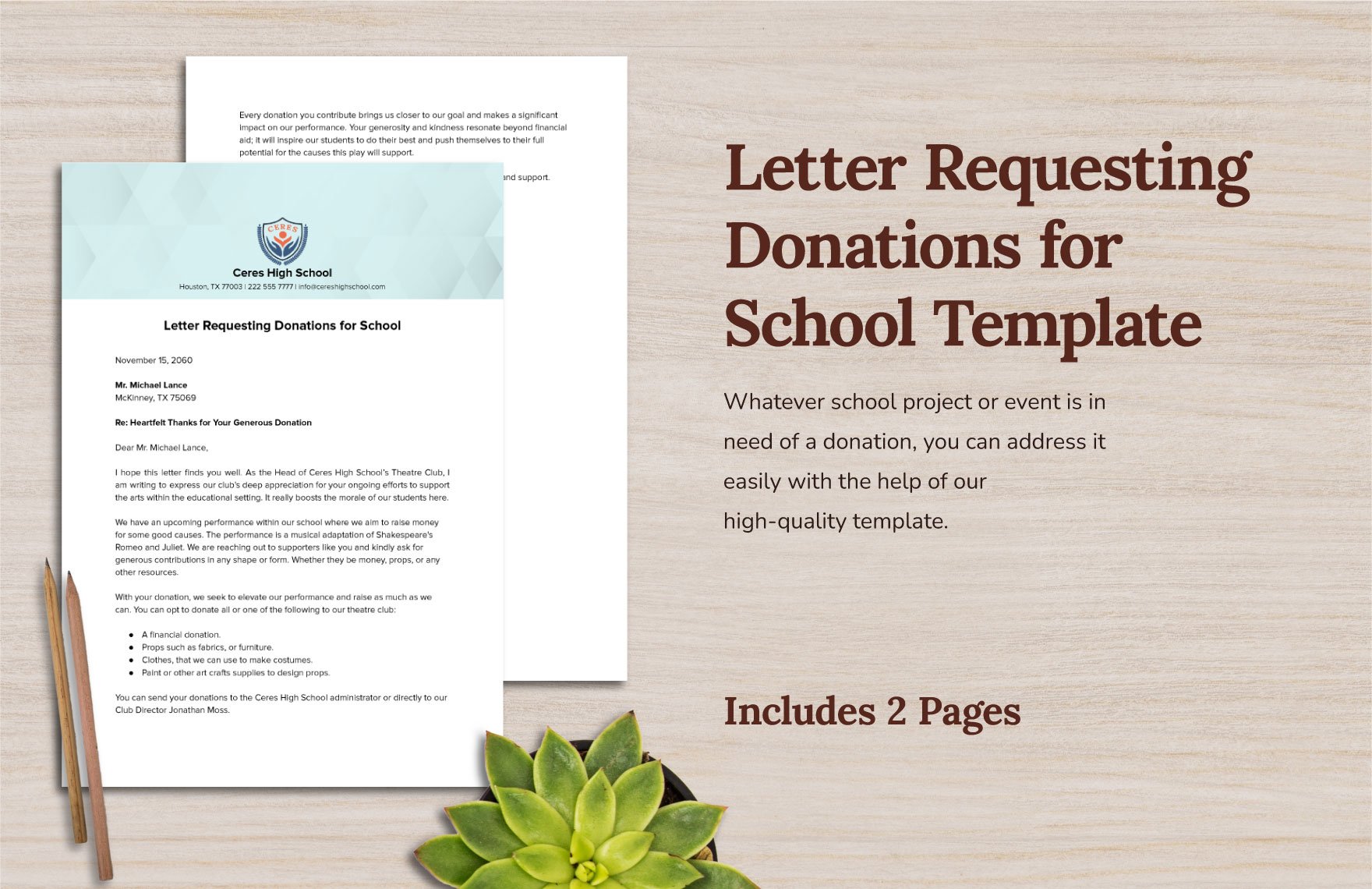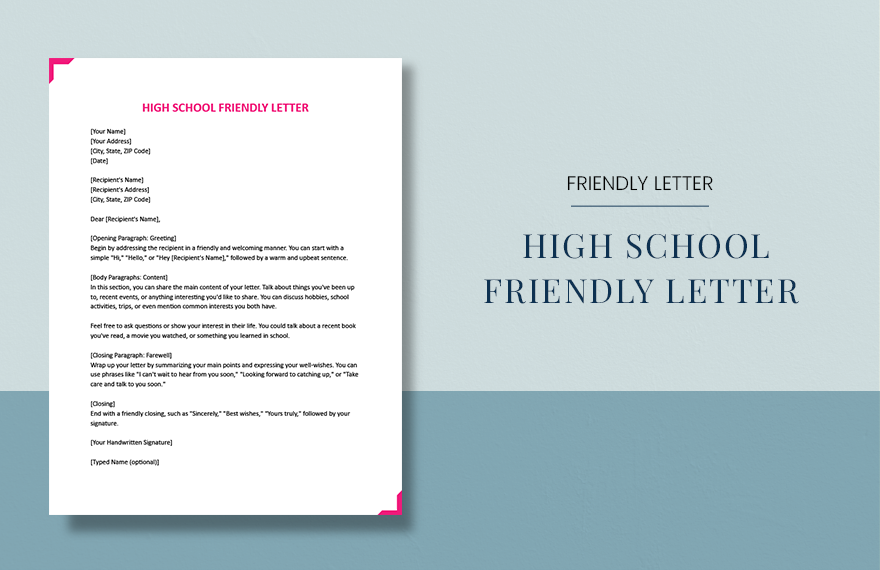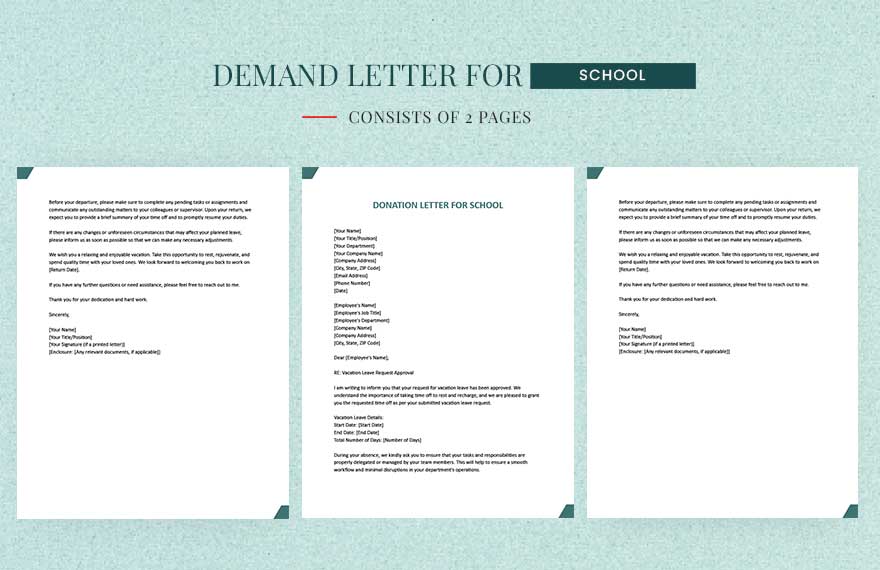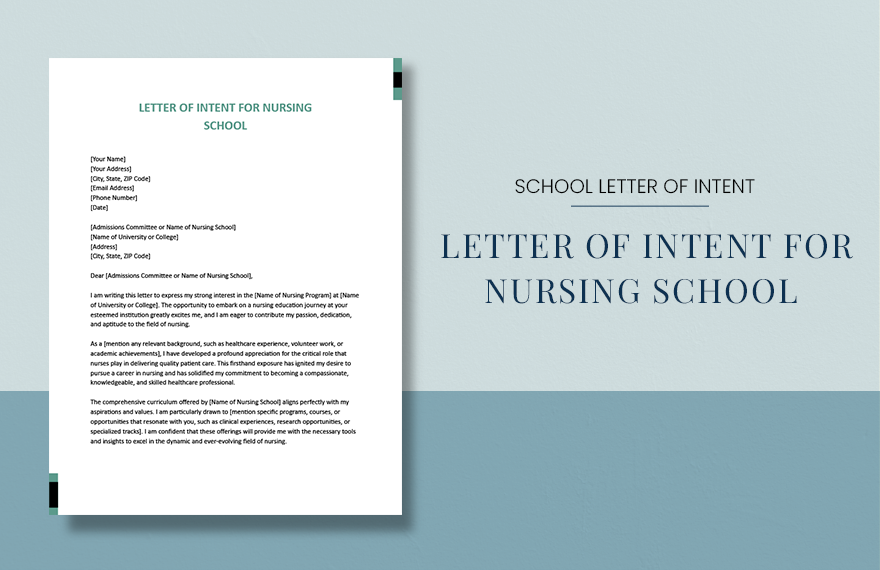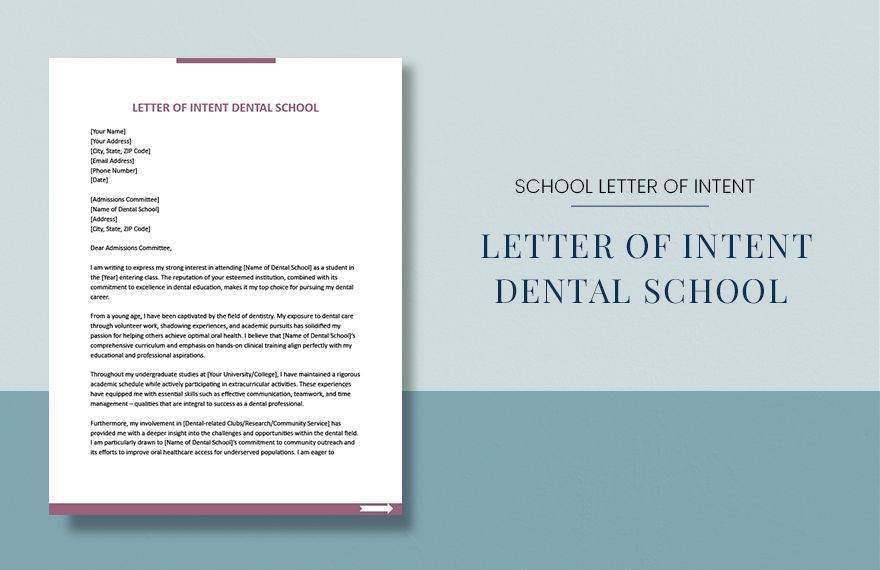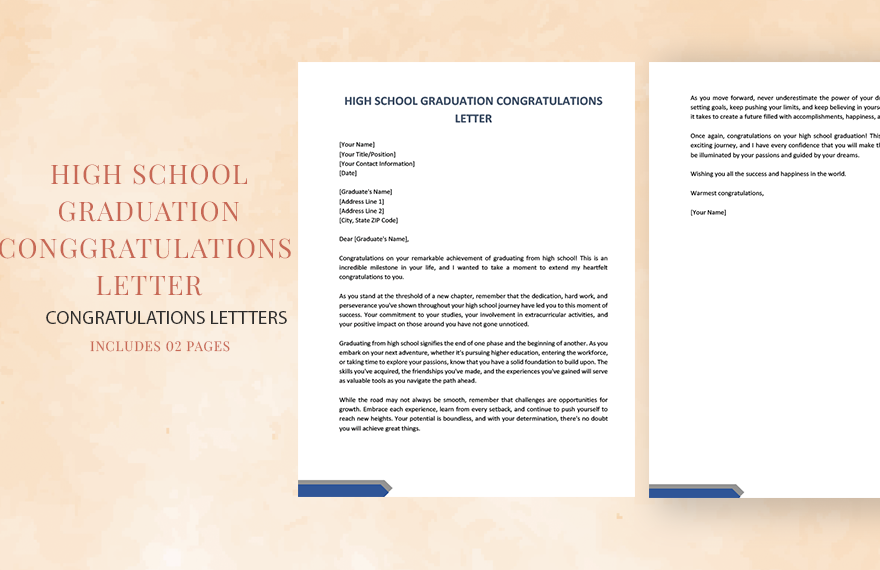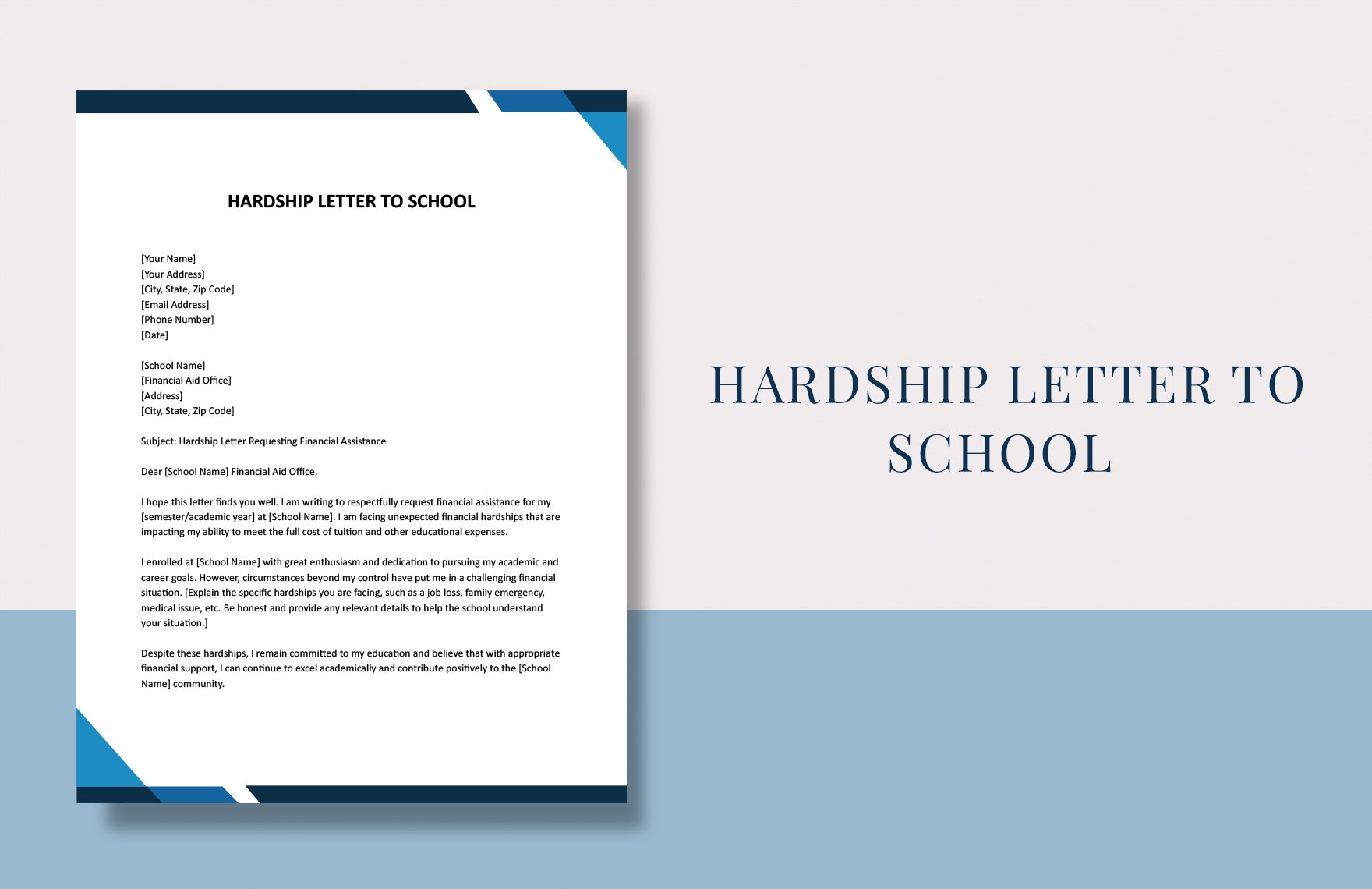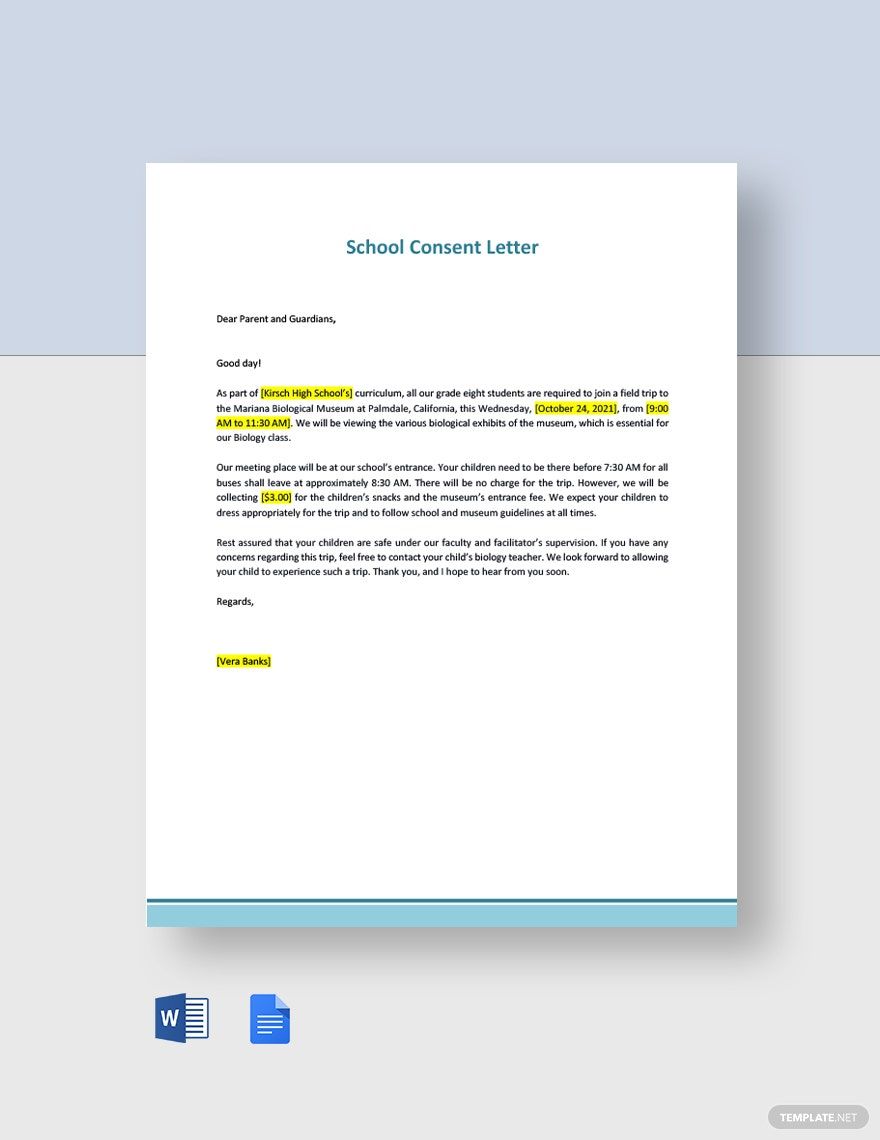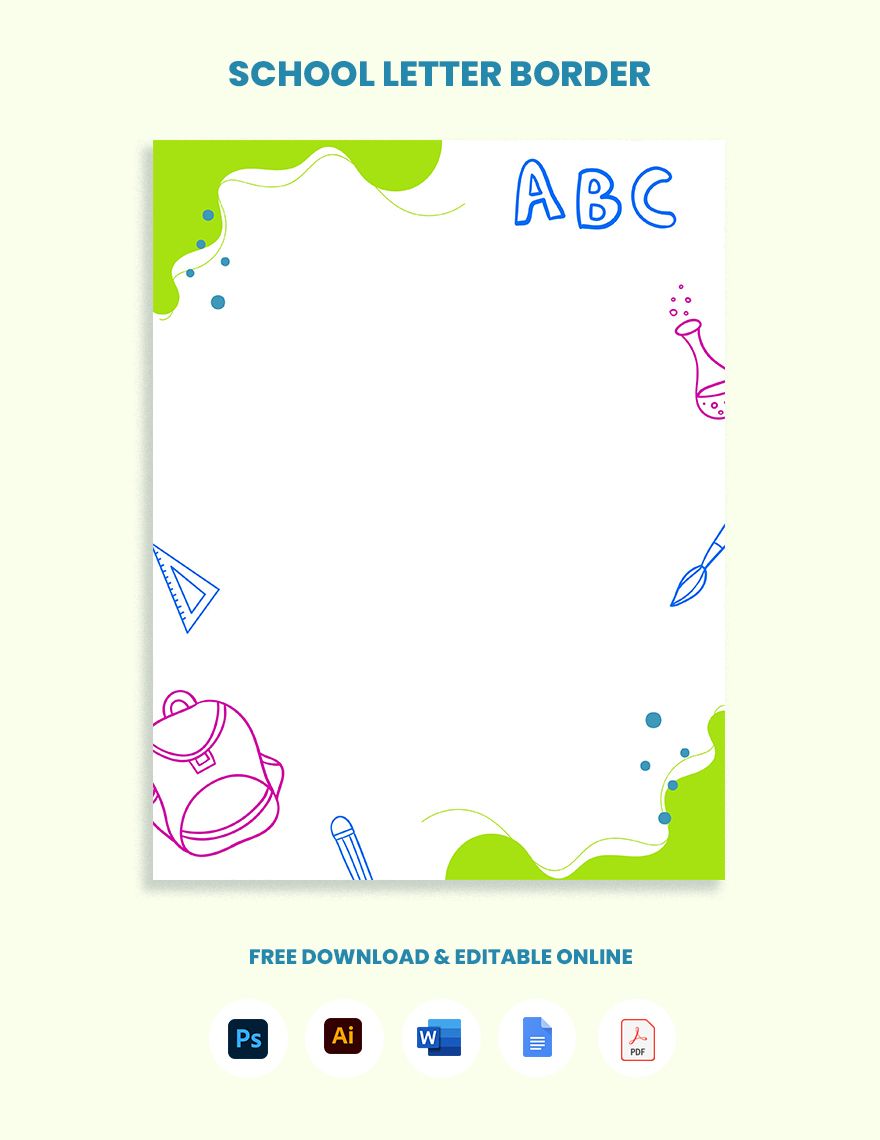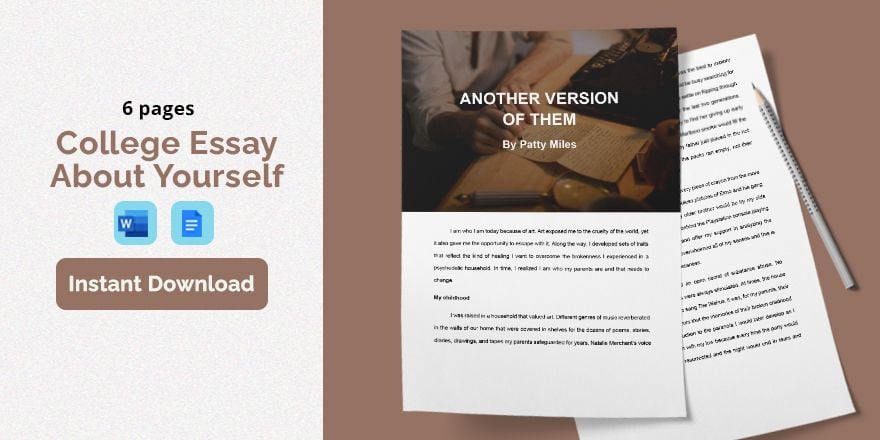Writing letters to school is something a student regularly has to deal with. From asking for permission for absence, to application for school transfer. Students are being taught how to write letters so that they could take the first steps to being professionals by being able to compose school letters. Learning how to write a letter may take some time and effort. Thankfully our website has several ready-made school letter templates that would let you save time and effort. These templates are guaranteed original and are made by professionals. You can easily download them in your PC and mobile phone. So what are you waiting for? Try a template and write that school letter today.
How to Write a School Letter
Whether it is an excuse for absence or a formal apology to your teacher, a school letter can help you convey your thoughts in a well organized, well-thought out, properly written way. Do not worry it is not hard as it sounds all you have to do is to follow a format like how any other letters. You can even read the tips written below if you want to learn more.
1. Heading is Always the Beginning
All formal letters like, application letters, recommendation letters or even friendly letters have their heading. What is heading? It is the part of the letter that contains the date when the letter was written, the address and contact number of the letter's author. It also has the recipients name and address. The purpose of the heading is to make sure that the intended recipient knows where to send the reply as well as when the letter was written.
2. Writing the Salutations
Salutations is where you greet and address the recipient of your letter. Since a letter is often perceived as a formal document, you are expected to be at least diplomatic in your choice of words. Ideally you will want to be pleasant, courteous and respectful when addressing the recipient.
3.Writing the Body of the Letter
The main body of your school letter is where you would want to express your intentions. This is where you want to say what your recipient has to know. Again when writing this portion, you must practice courtesy especially if the one you are addressing is someone who has authority, say for example, the school principal. Another thing you must practice is how to write concisely and up to the point. Try not to distract your reader by bringing up lists of topics that are not relevant.
4. Conclude with Closing Remarks
The ending, or the conclusion of your letter is commonly known as the closing remarks. Start with thanking them for taking the time to read the letter you have written and if needed politely request a reply. After this you can now affix your signature along with your full name at the end of the bottom of the letter
5.Check Your Letter for Grammatical or Spelling Mistakes
Students tend commit grammatical and spelling mistakes when writing letters. That is why you should practice caution and reread the letter you have written several times to check for mistakes.
